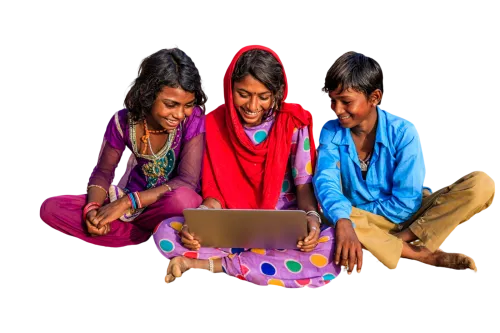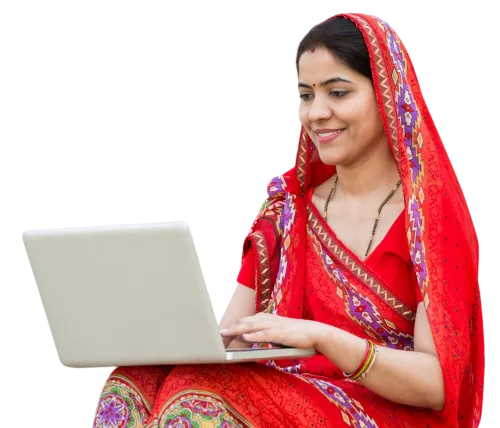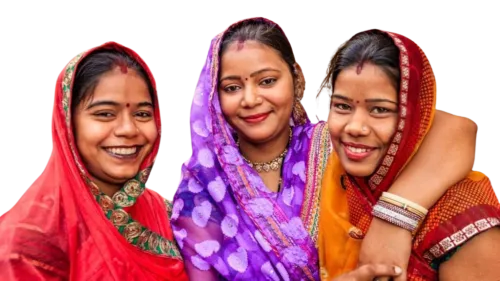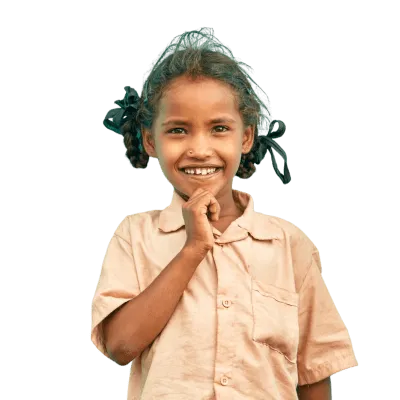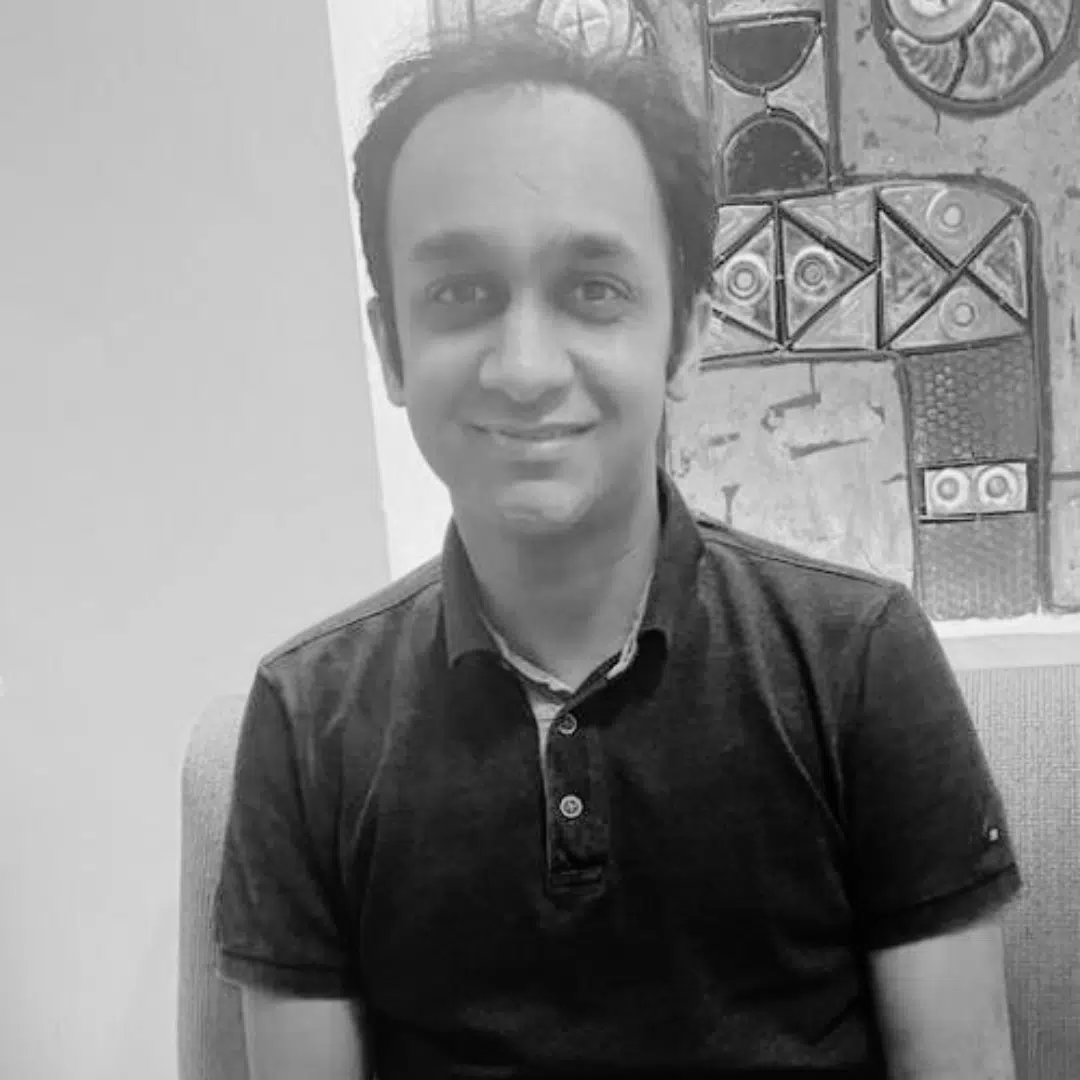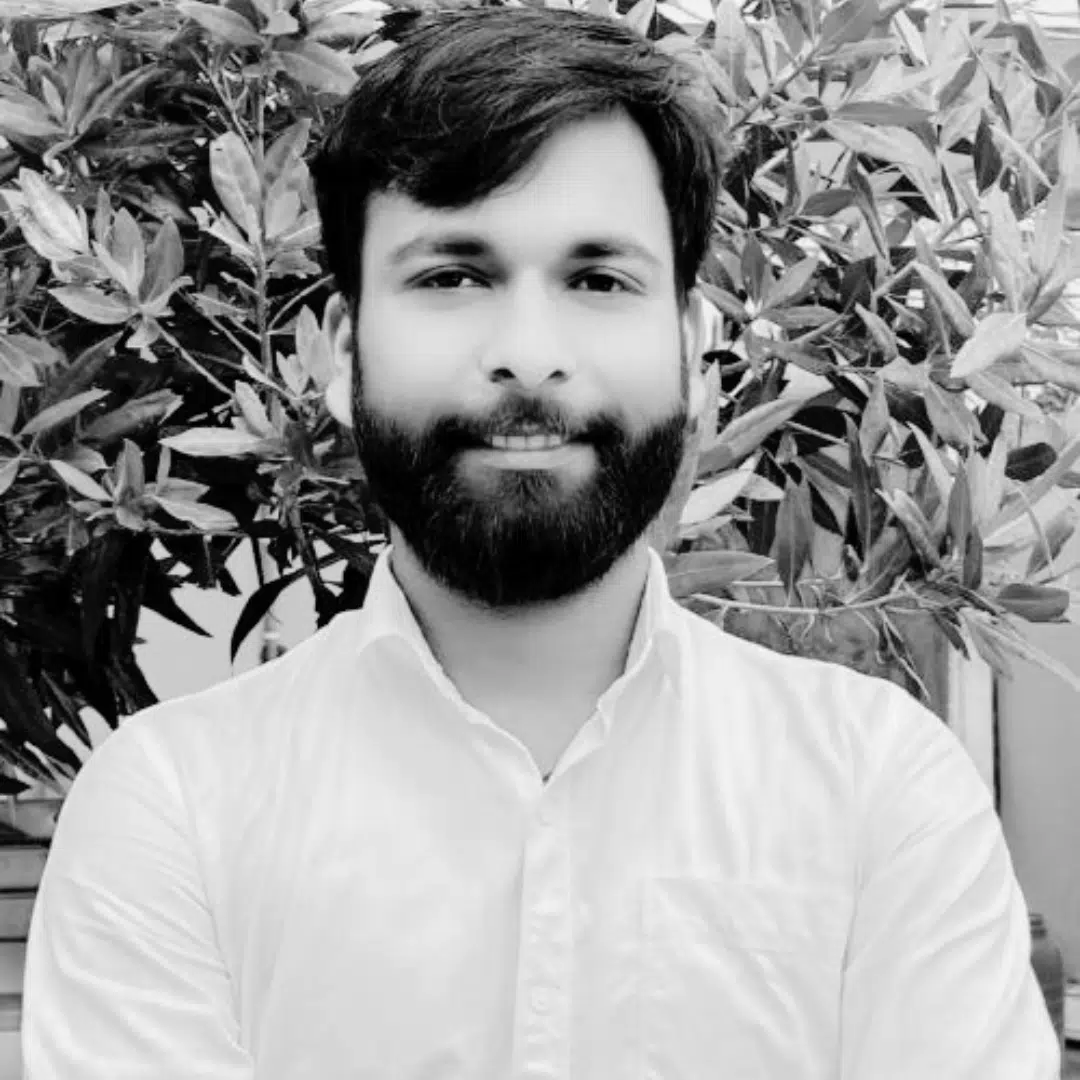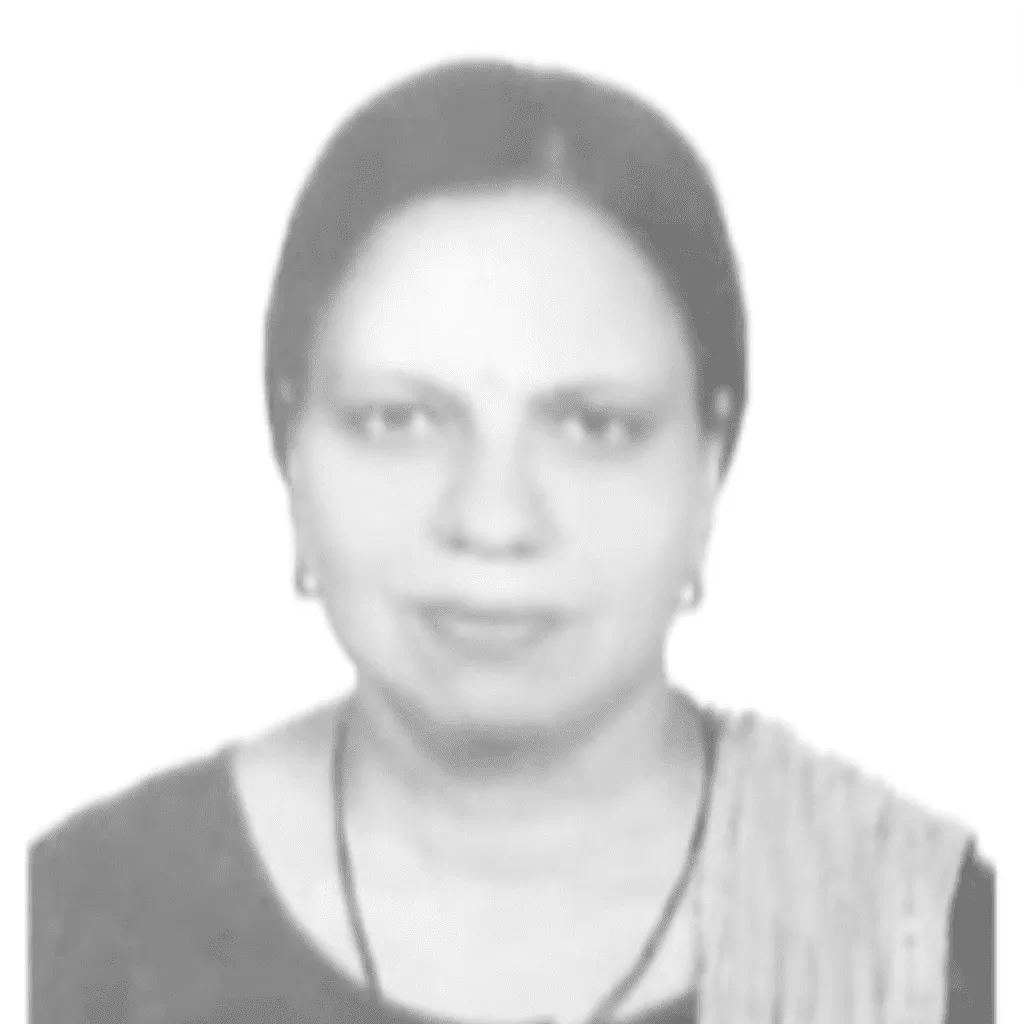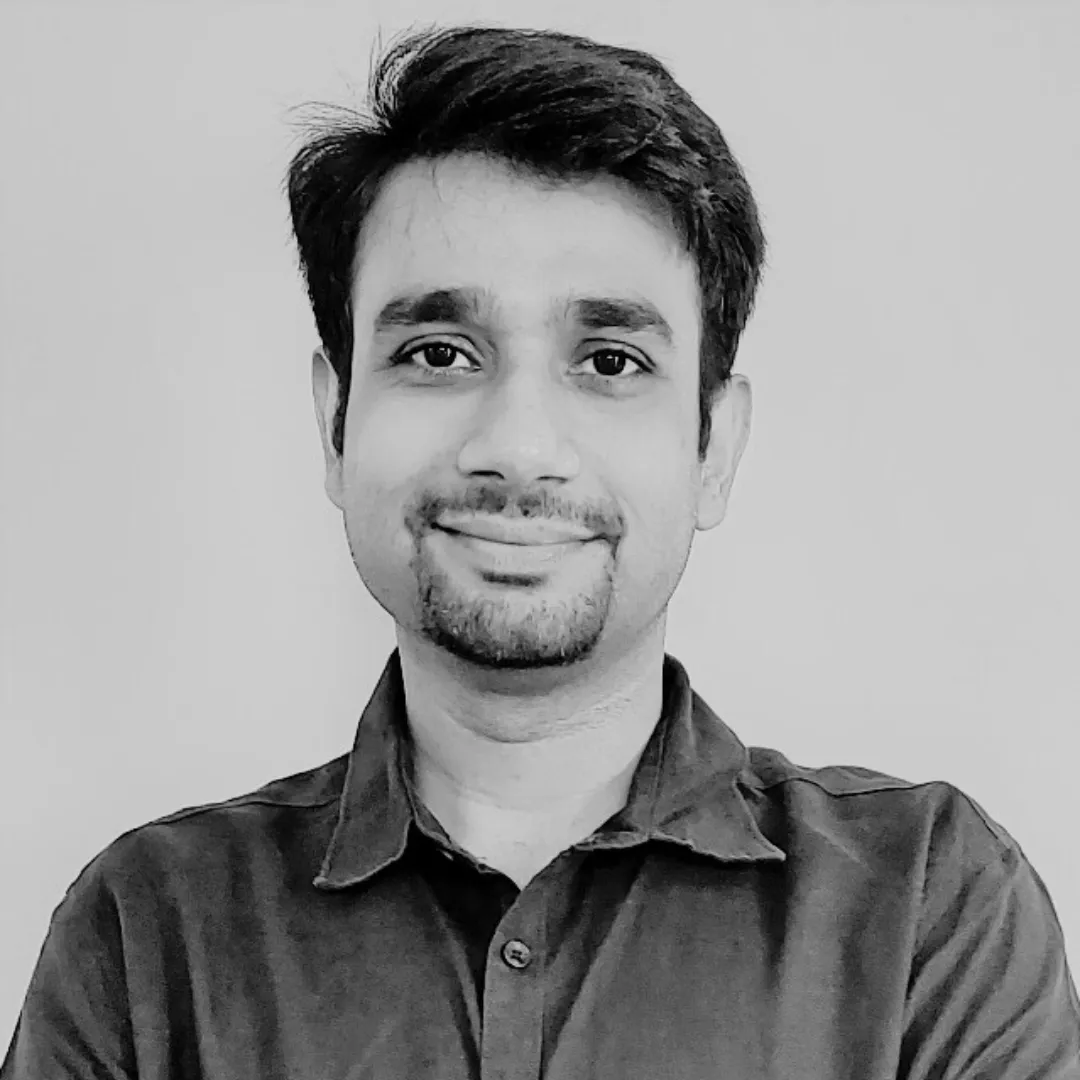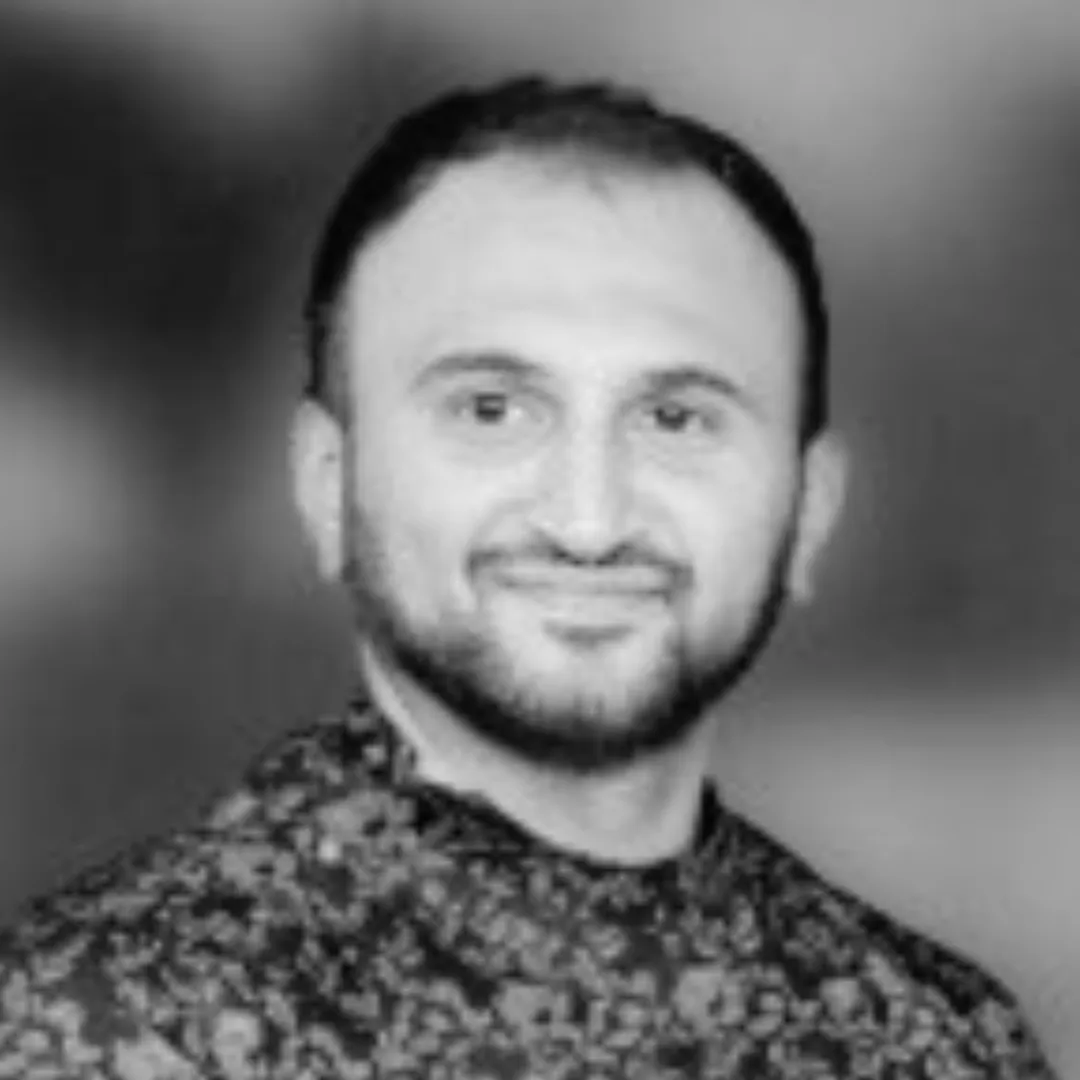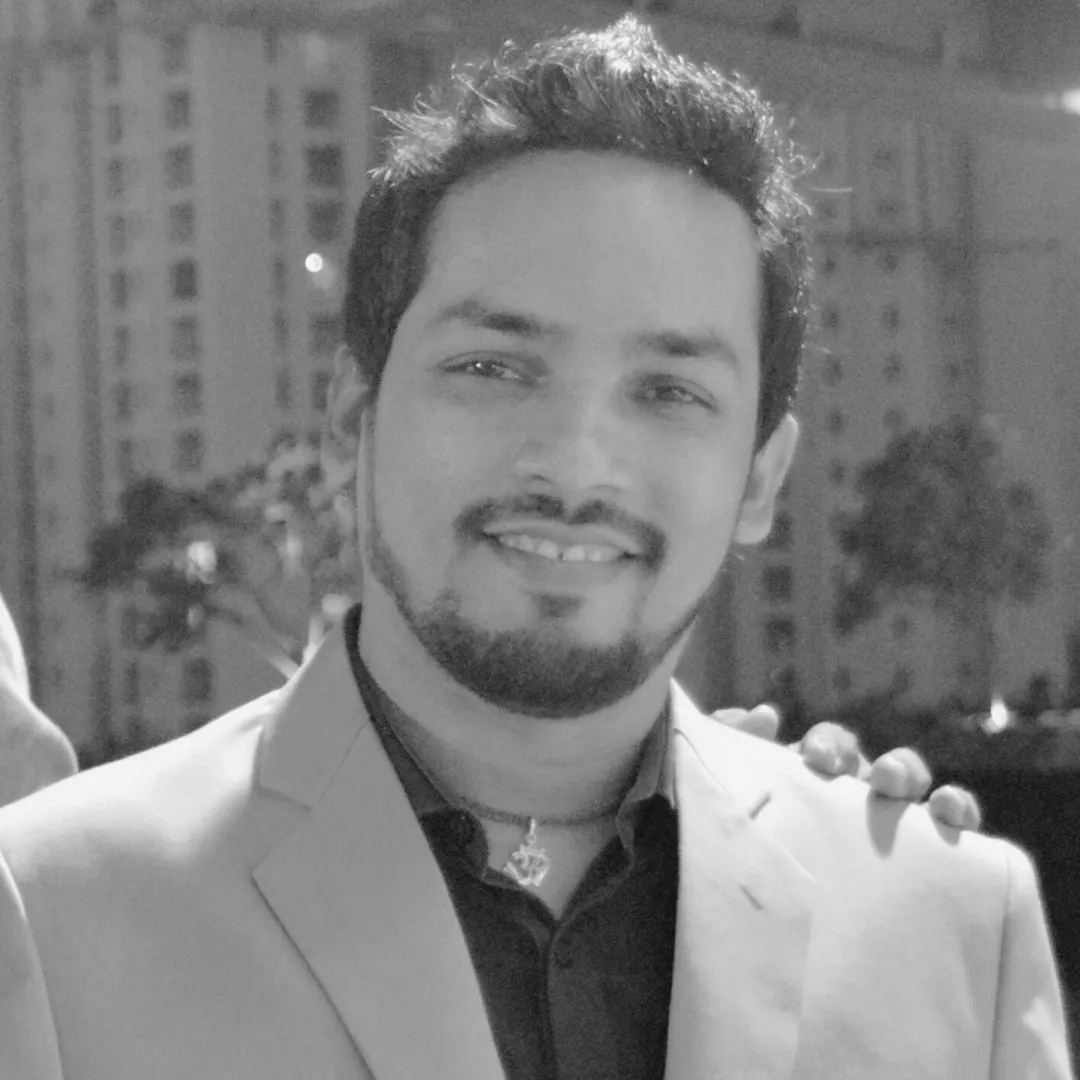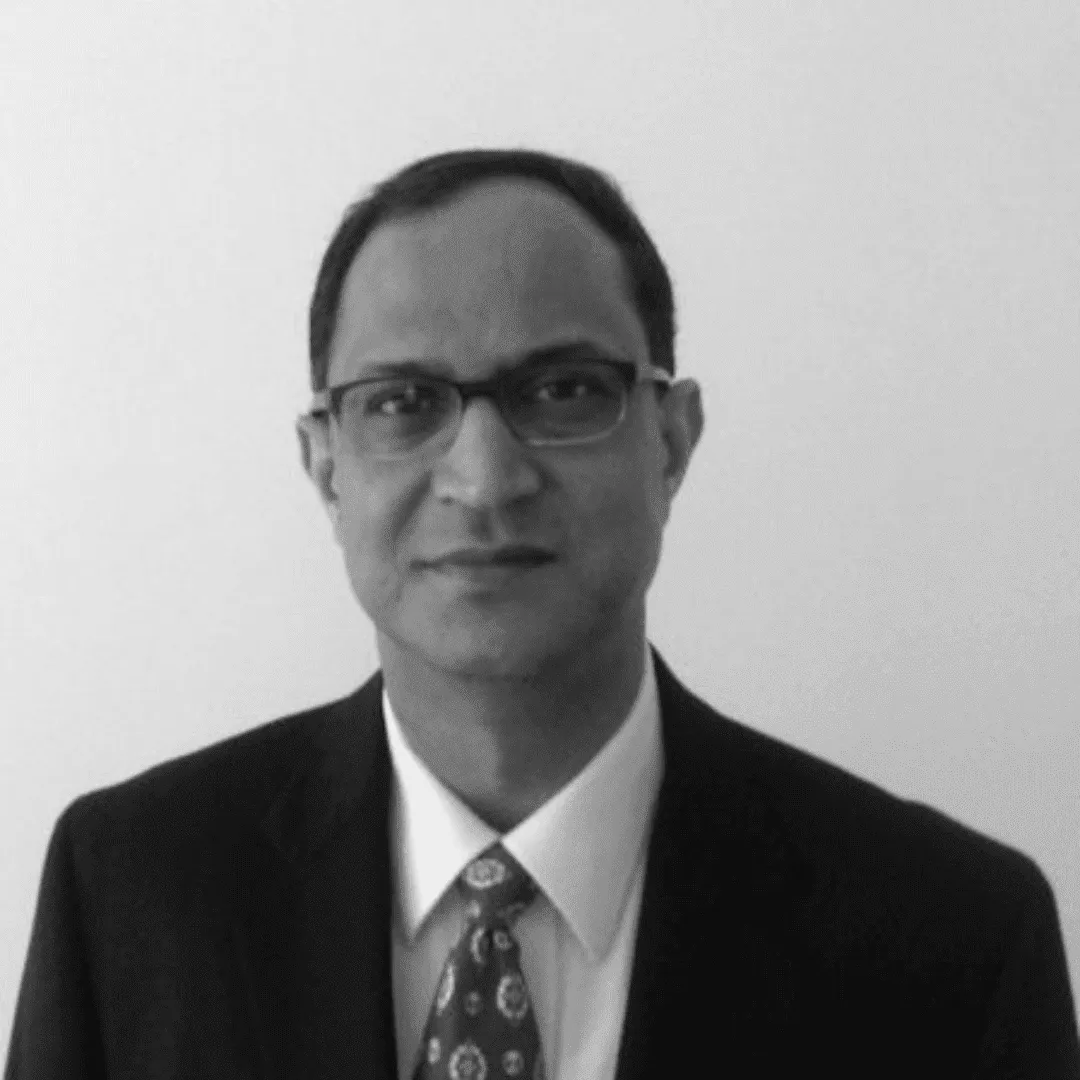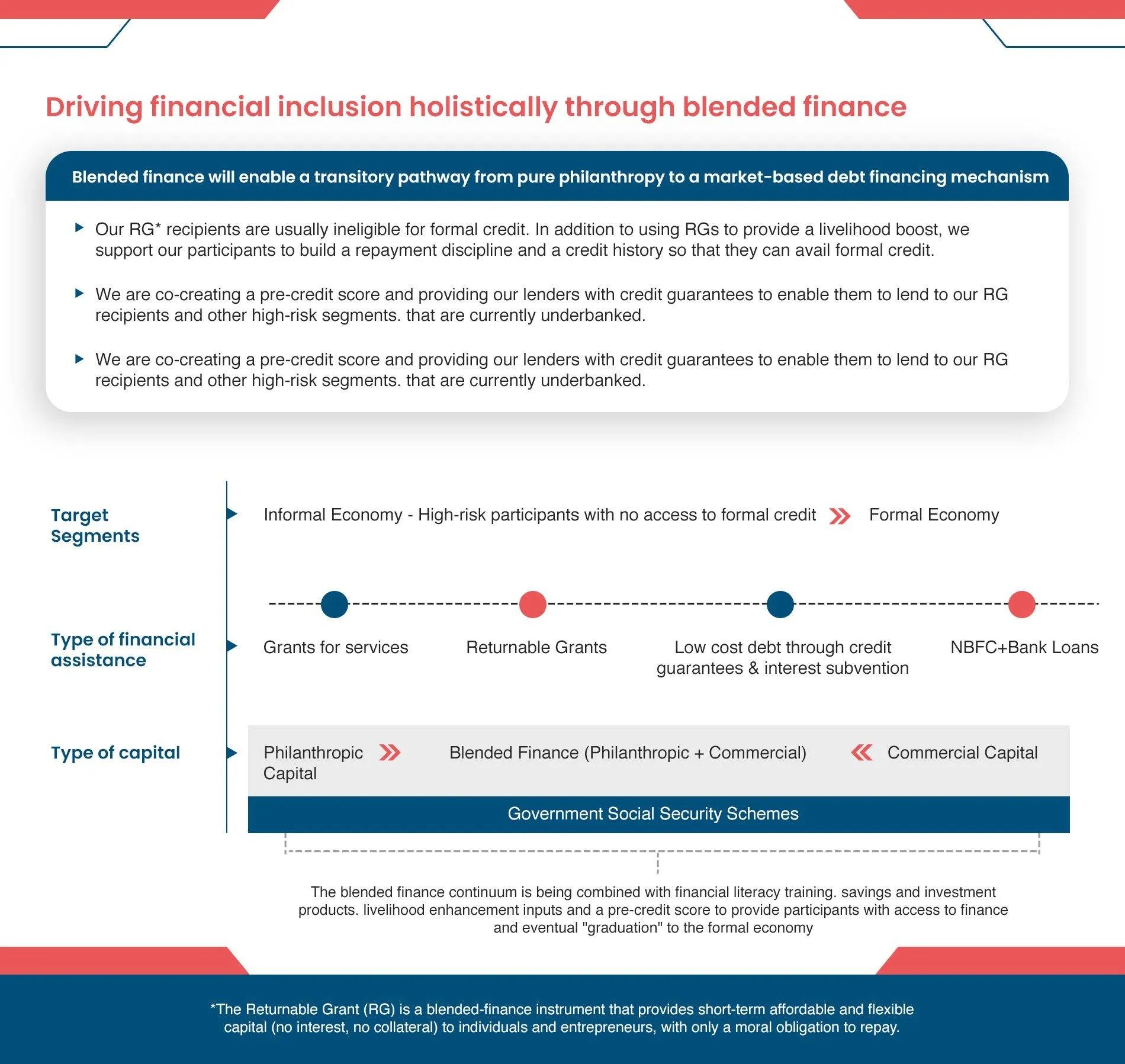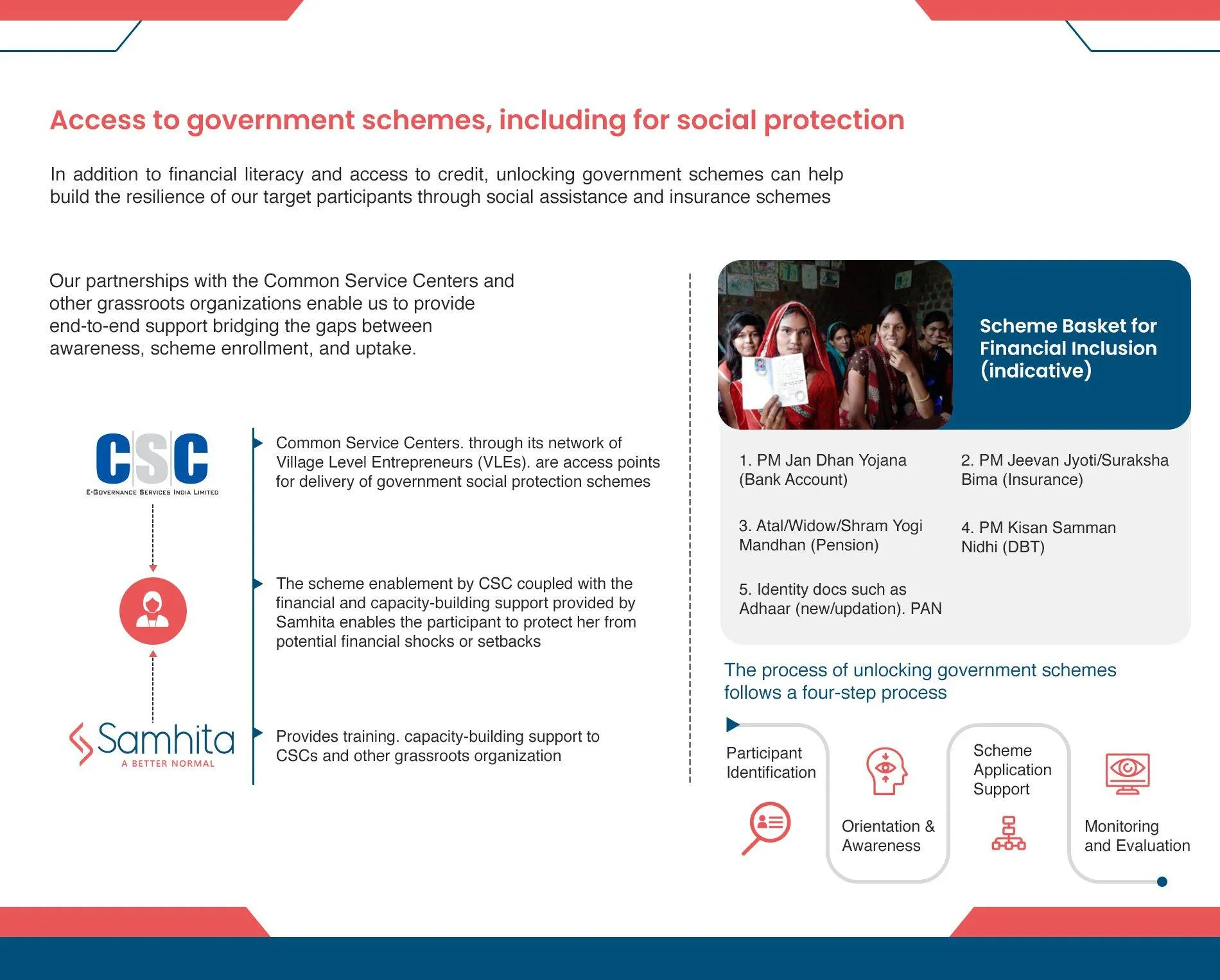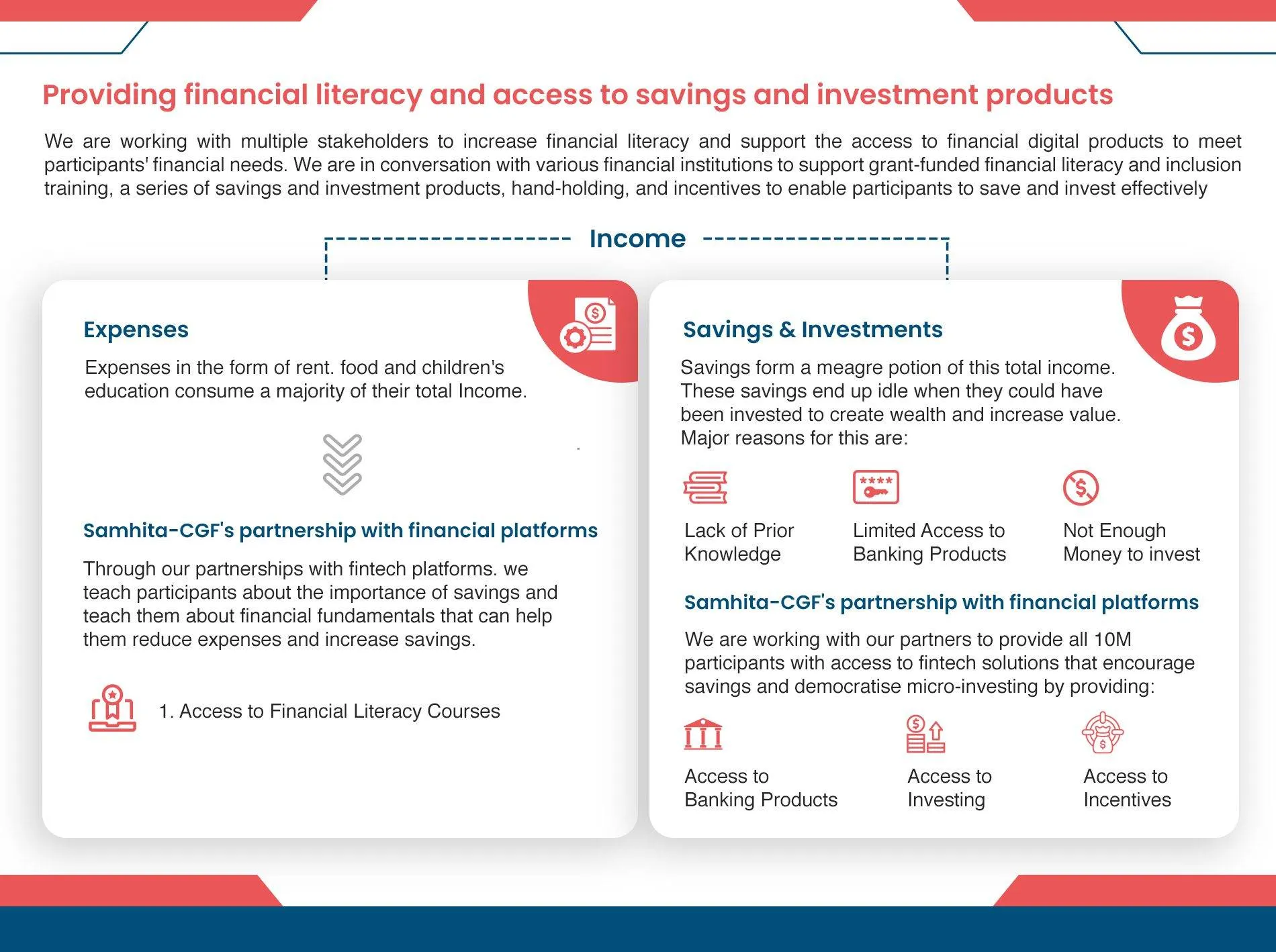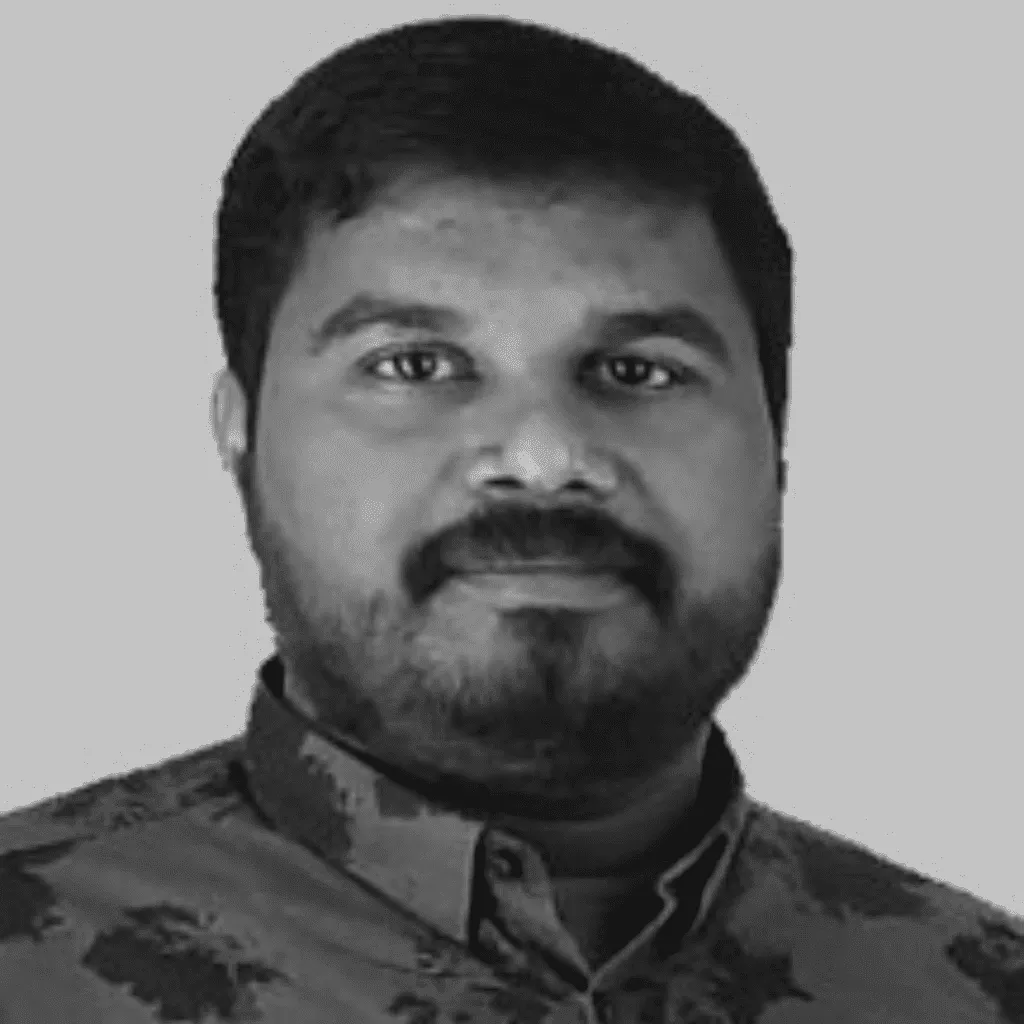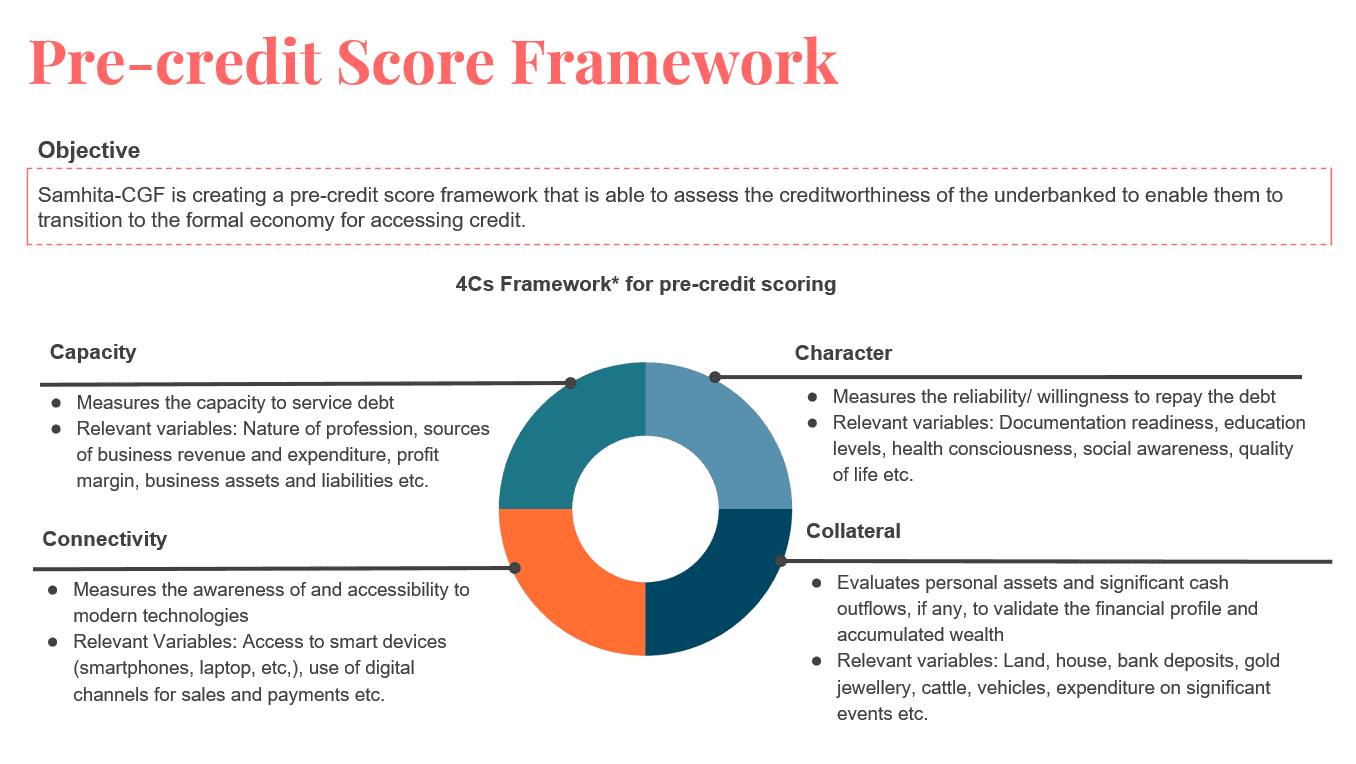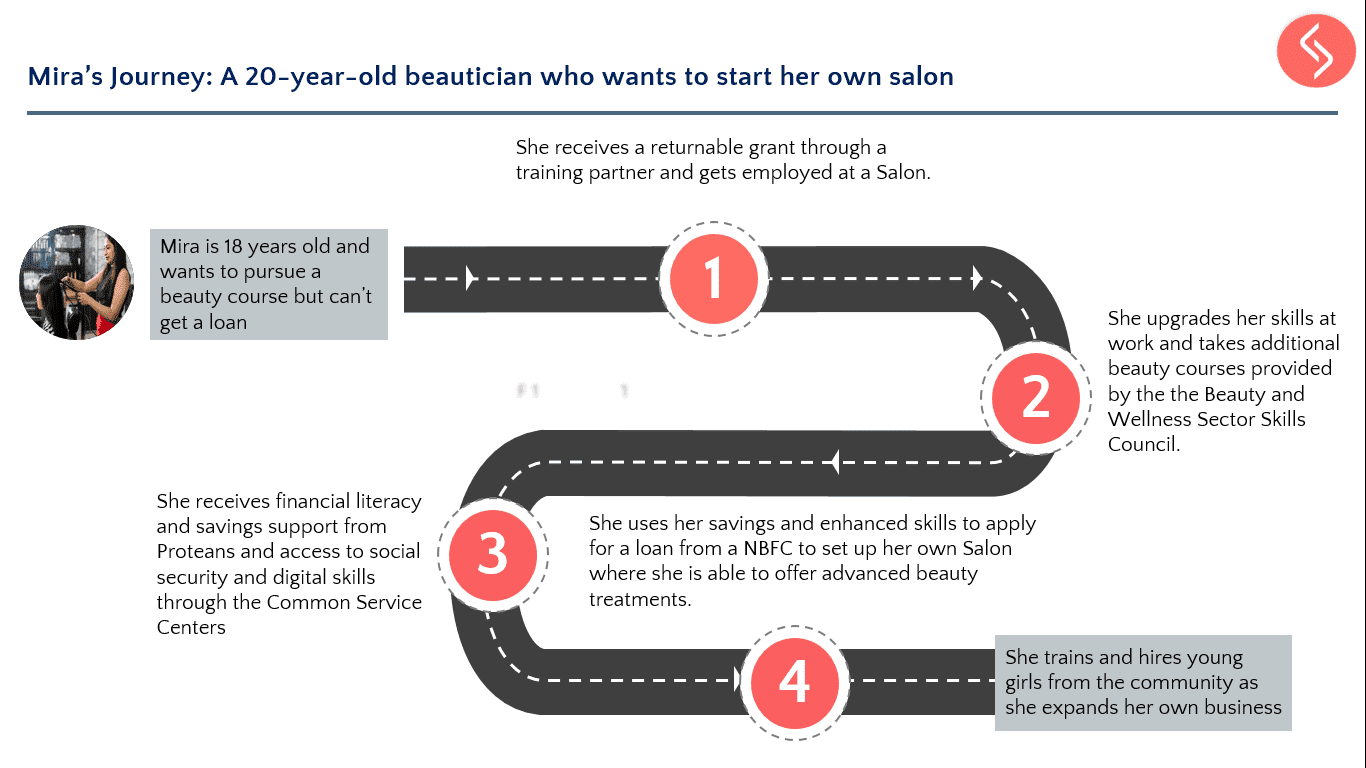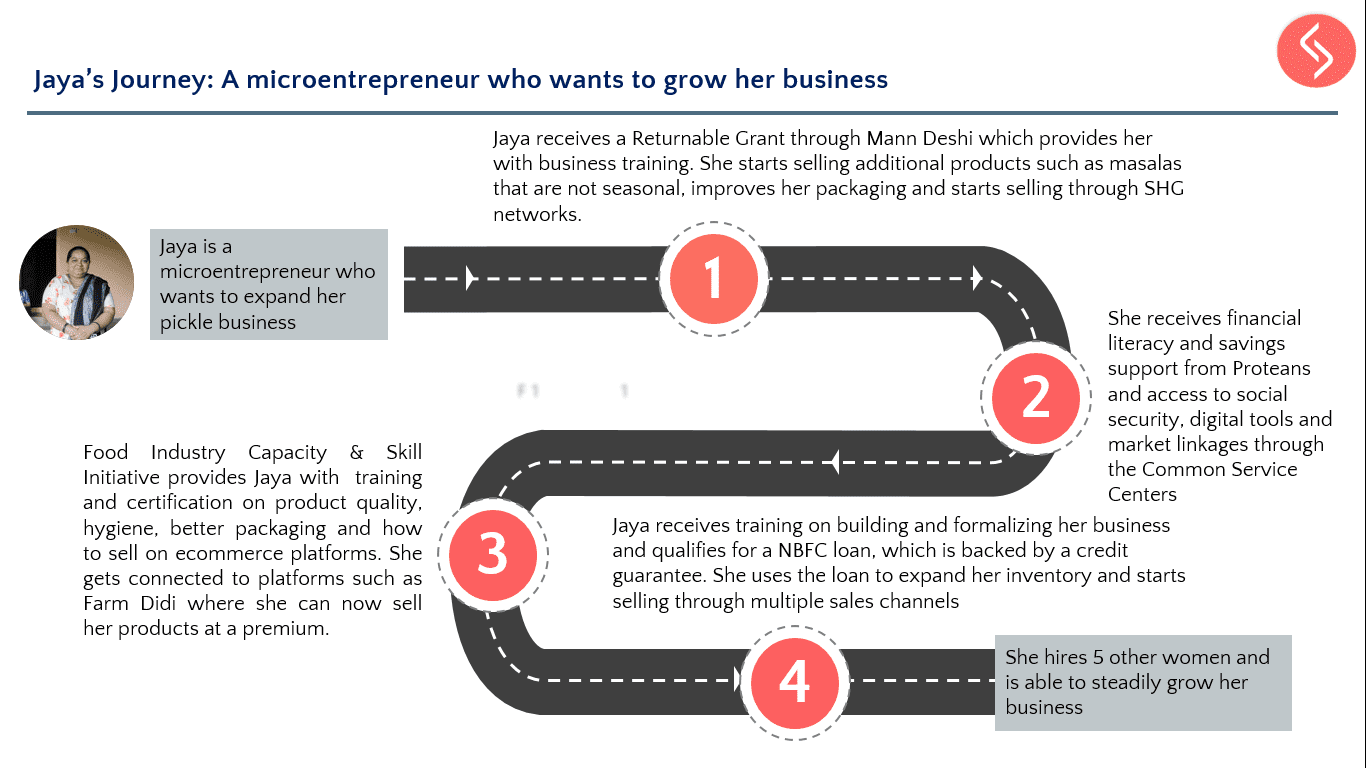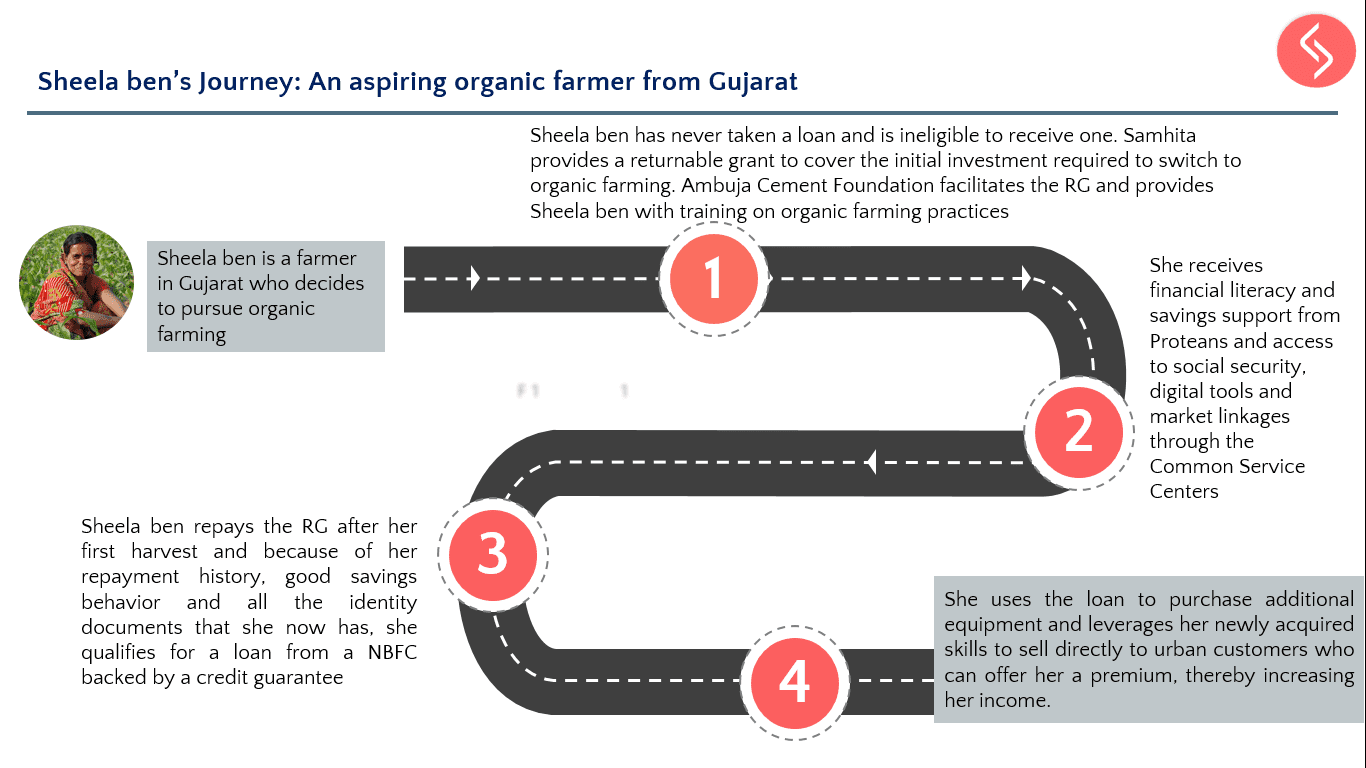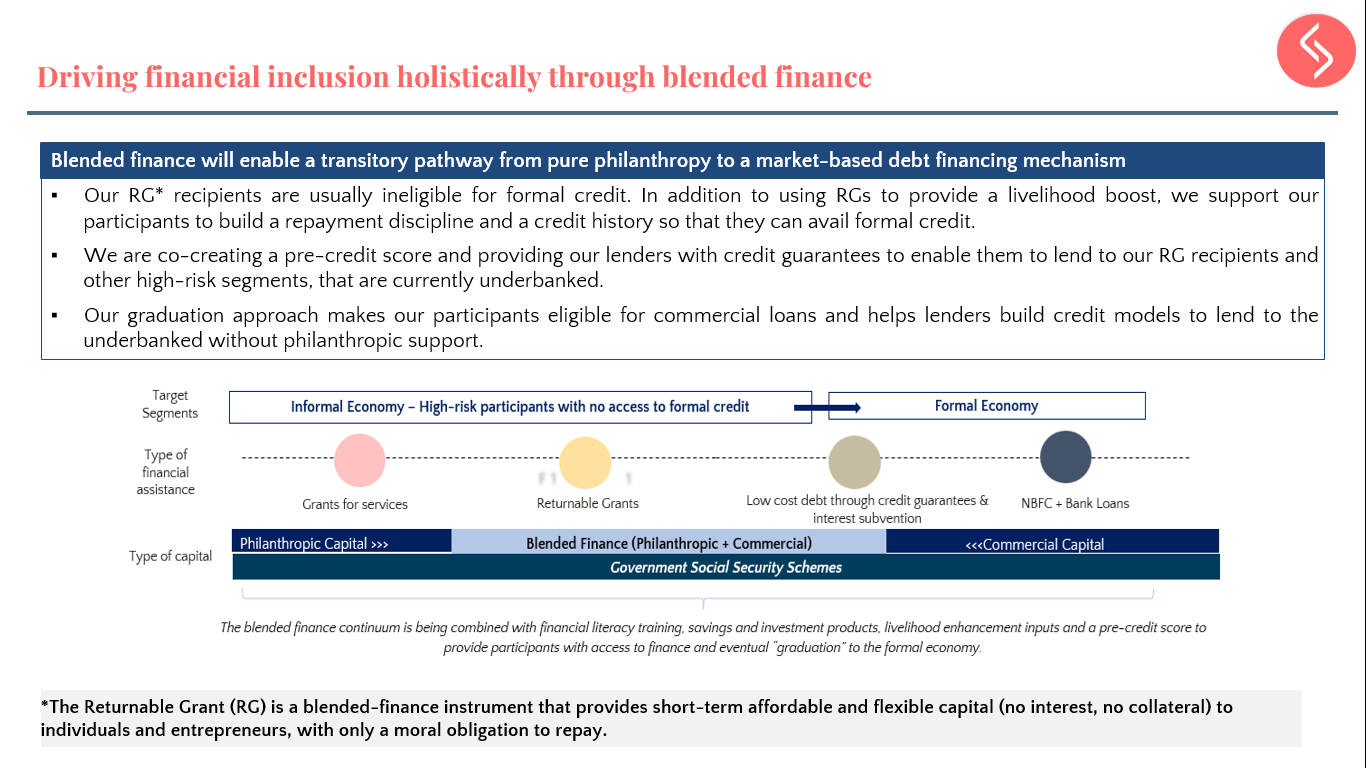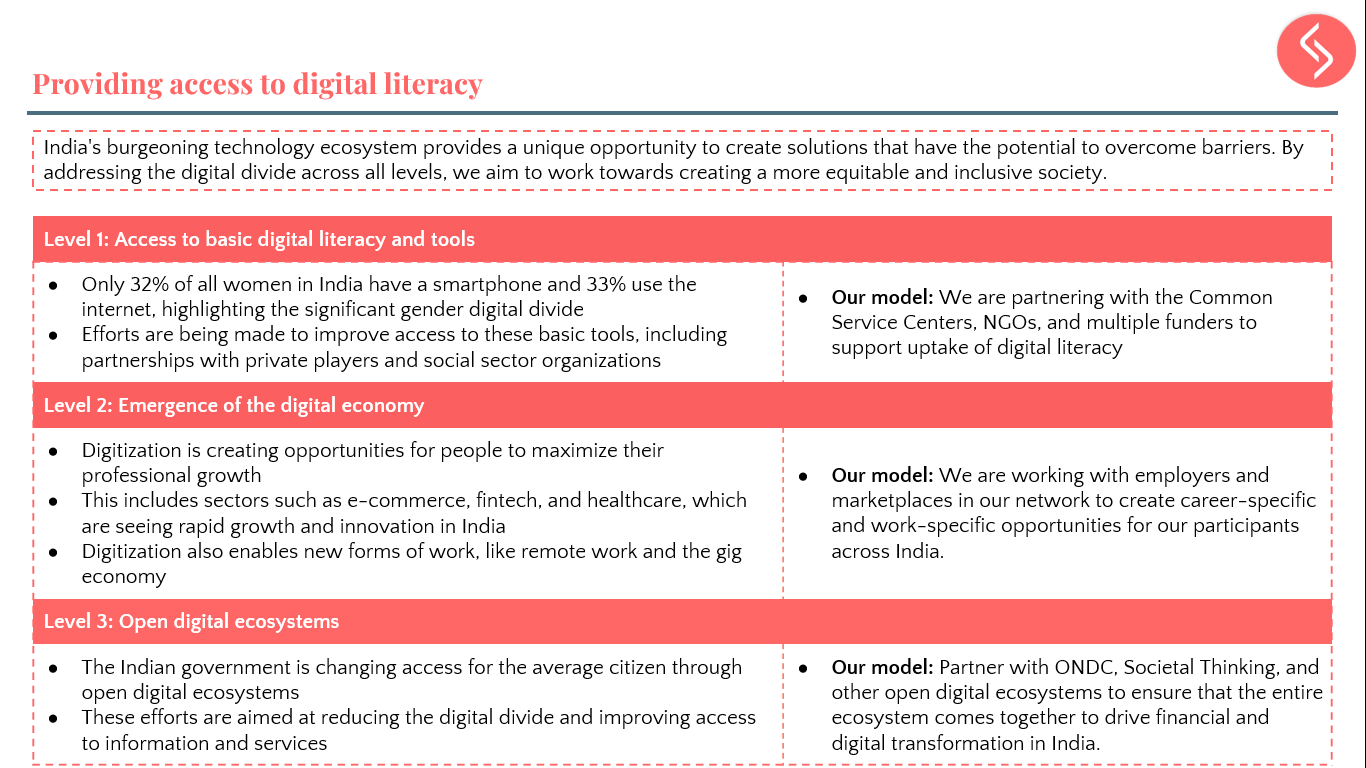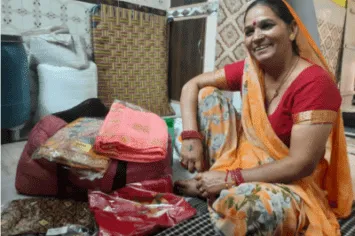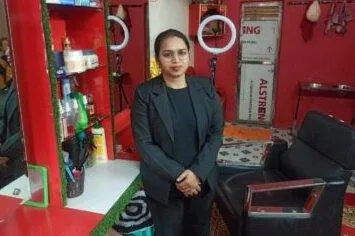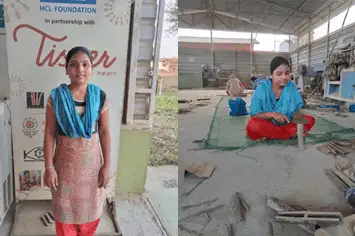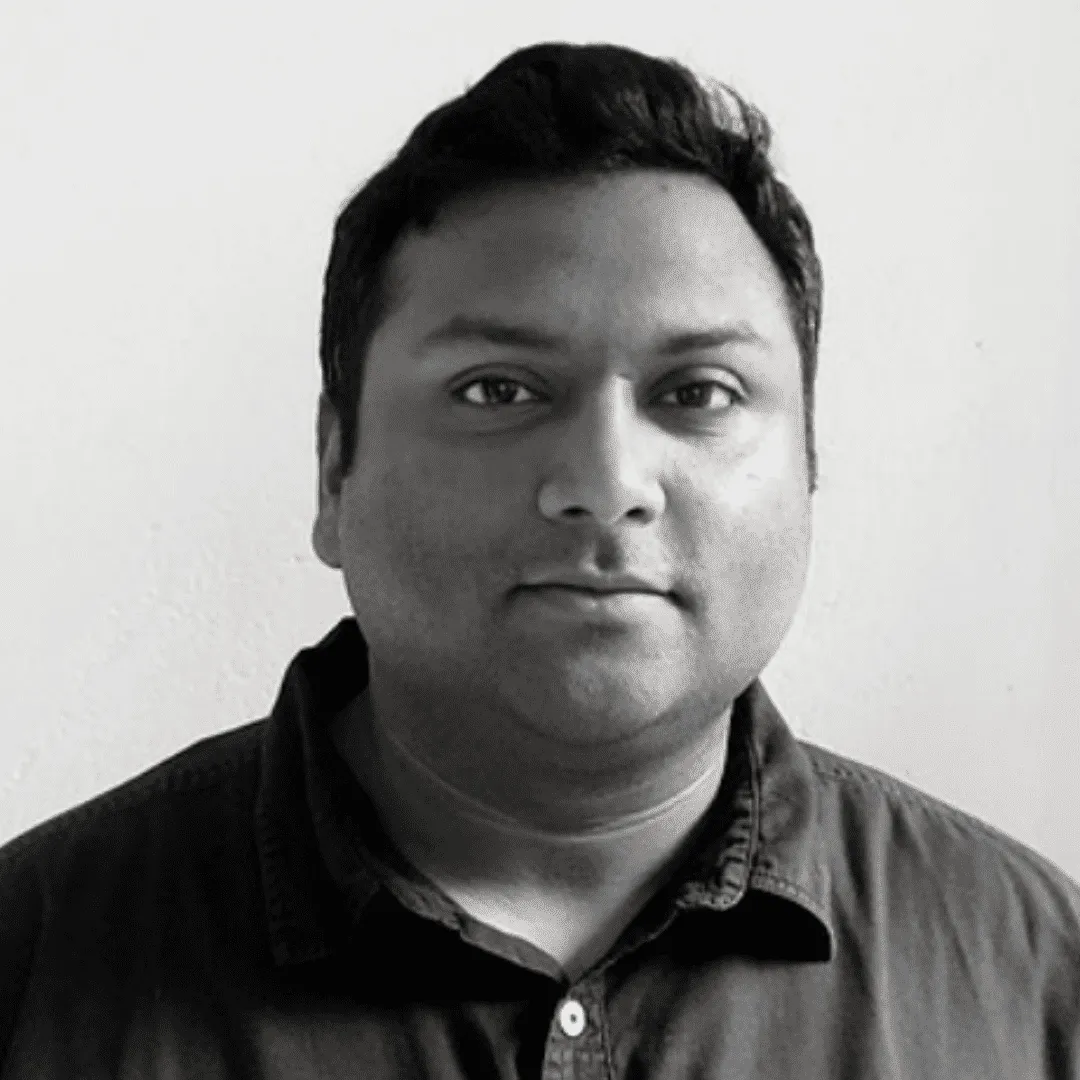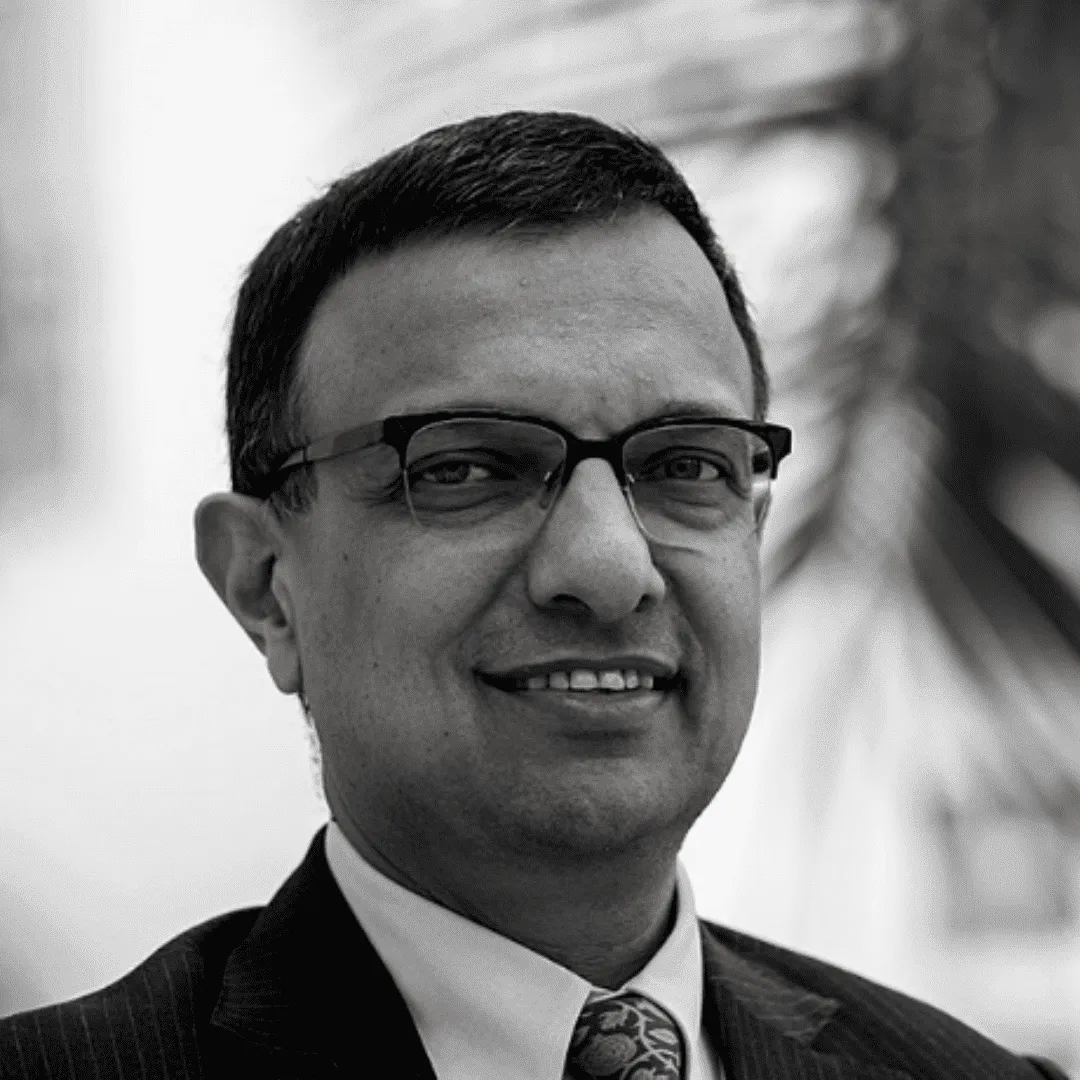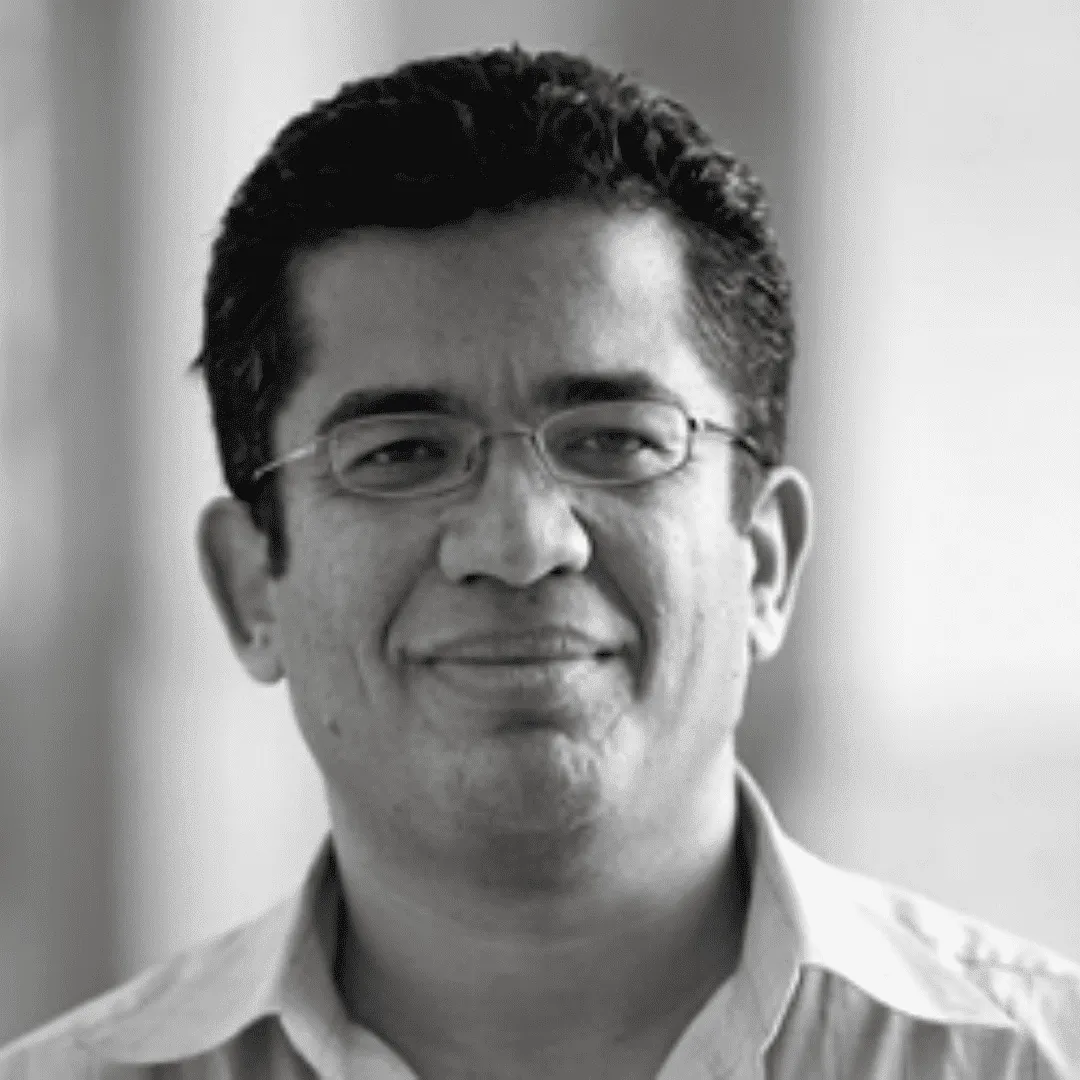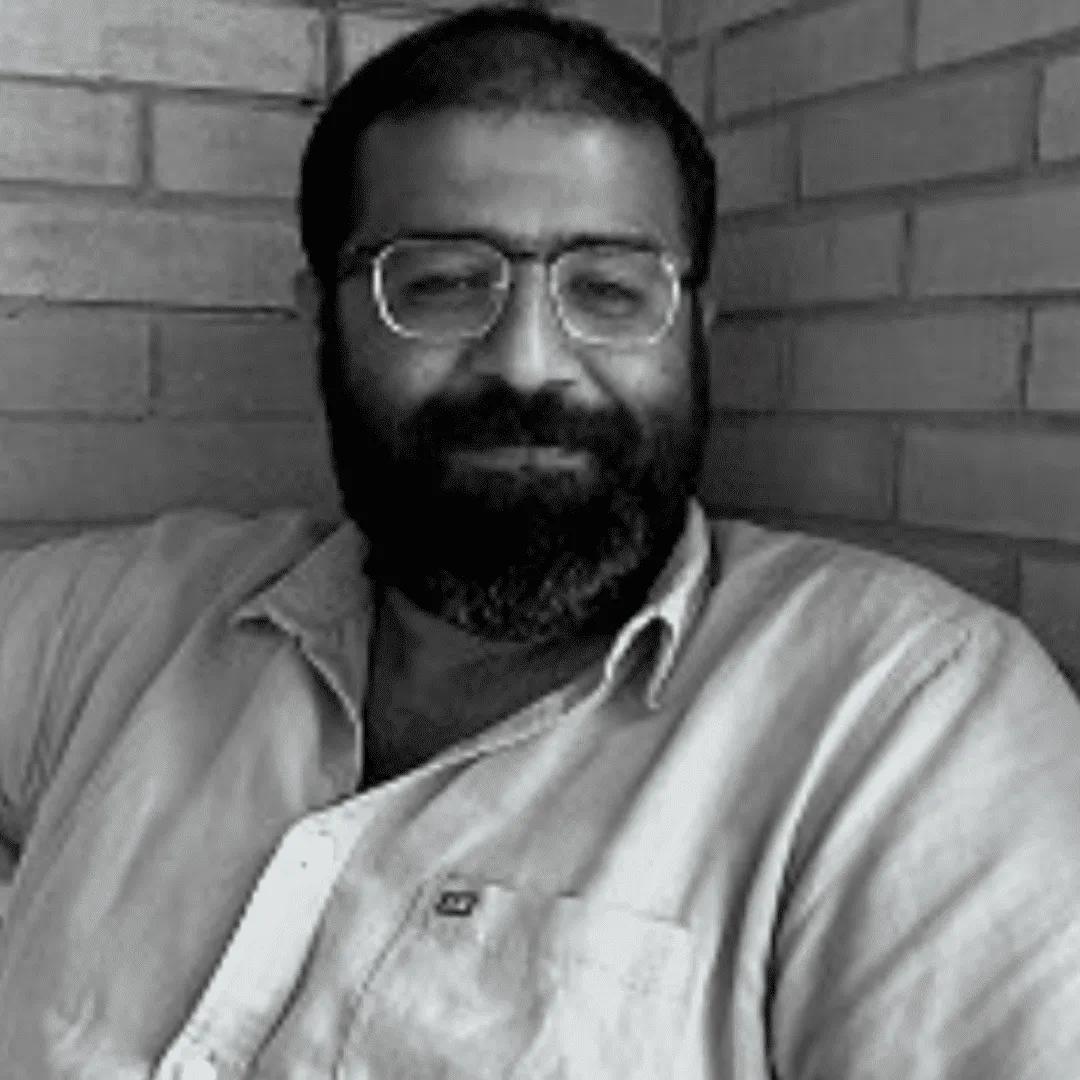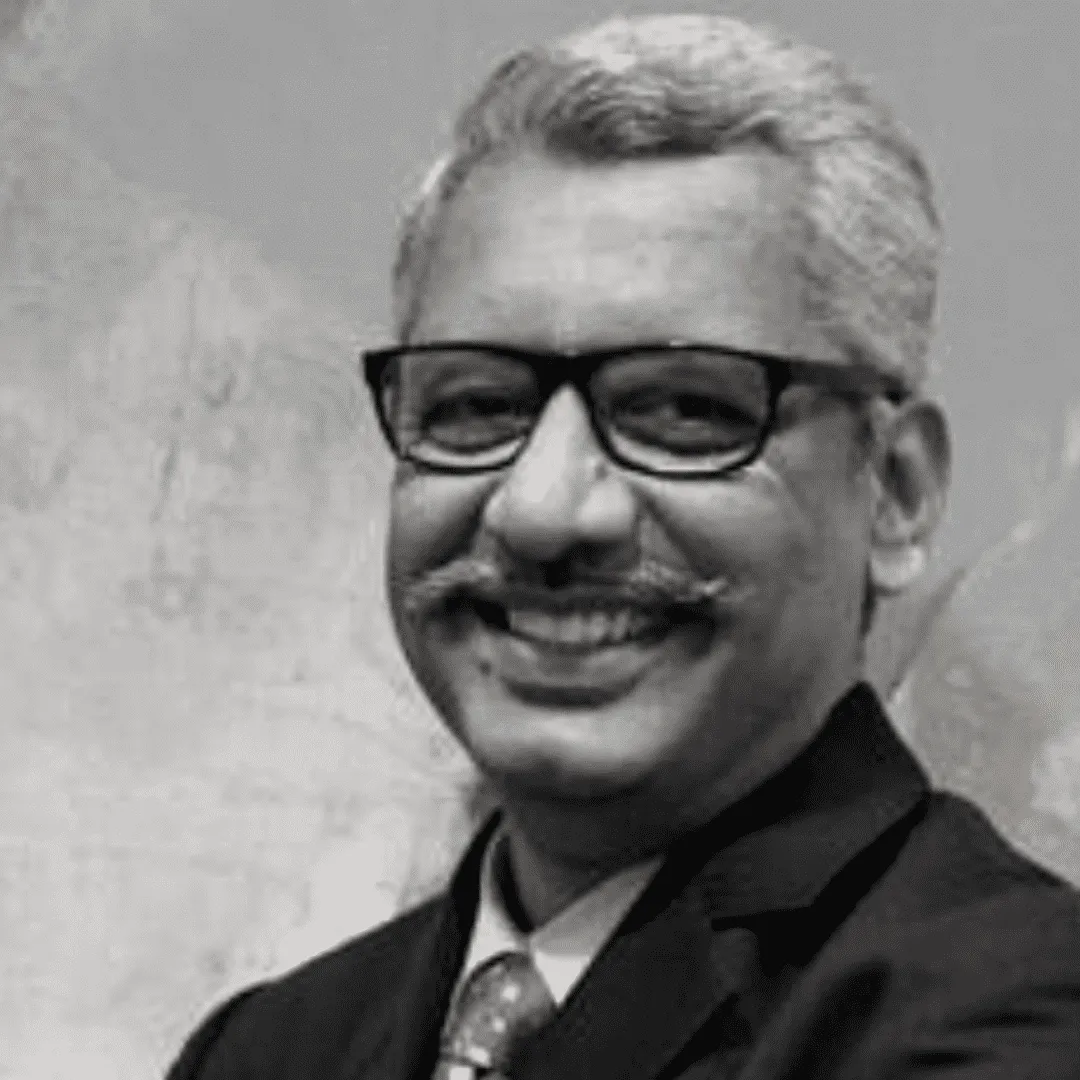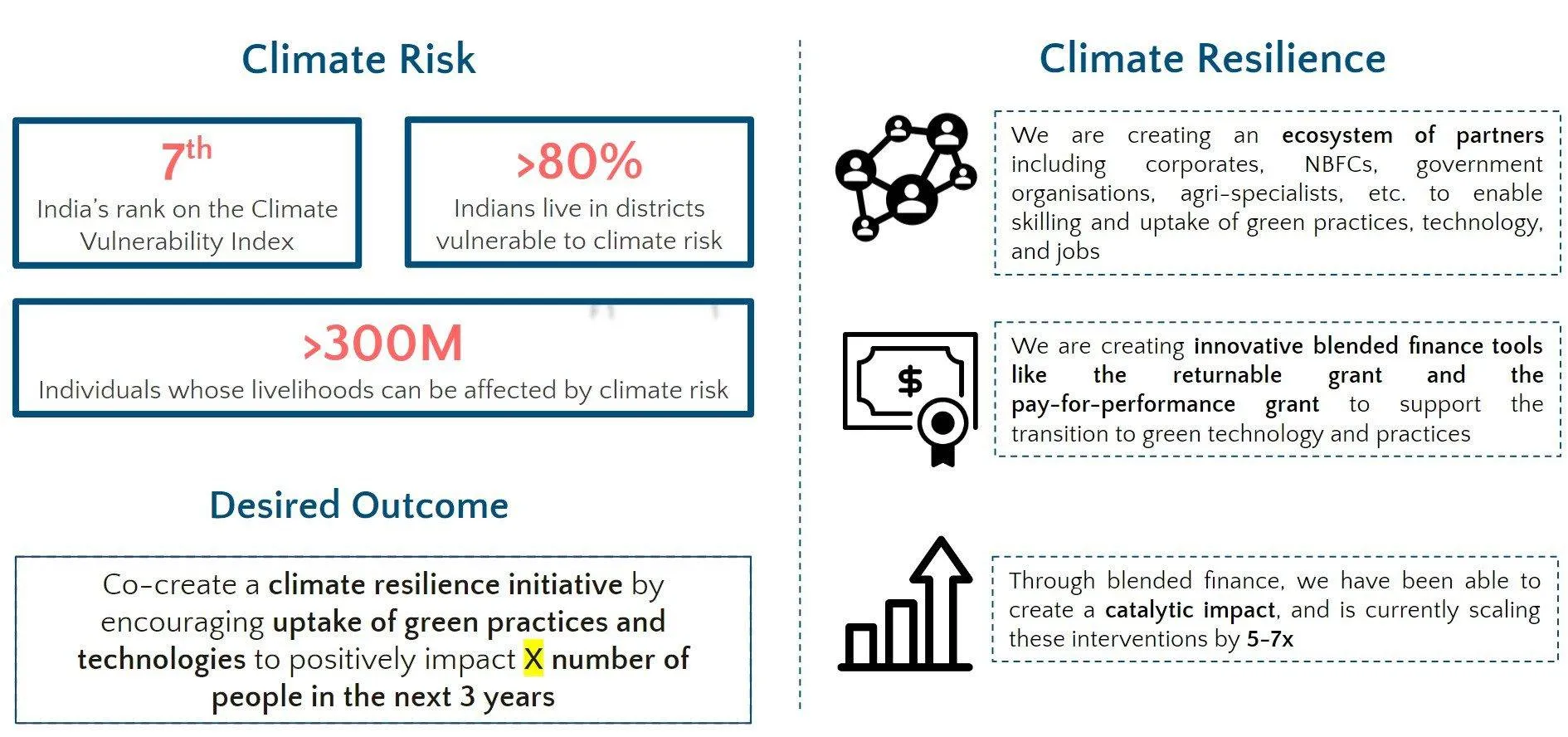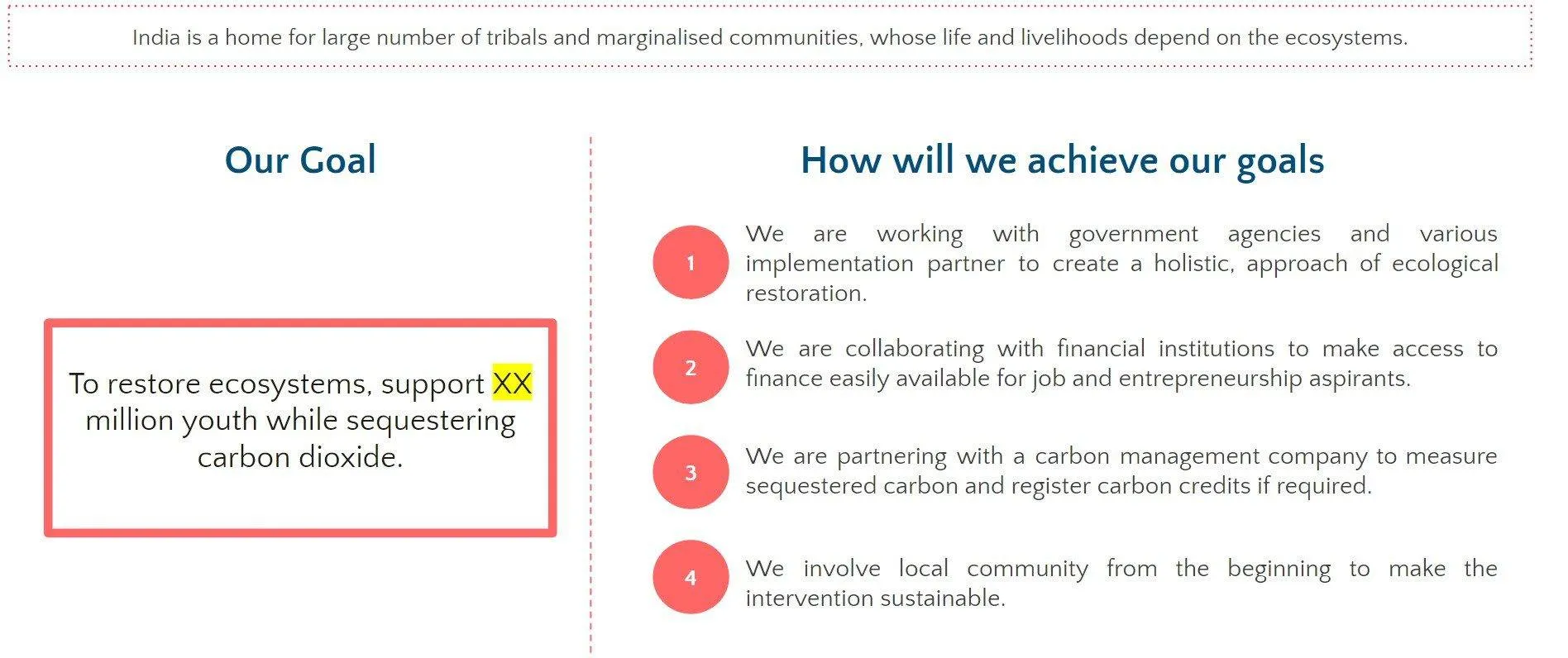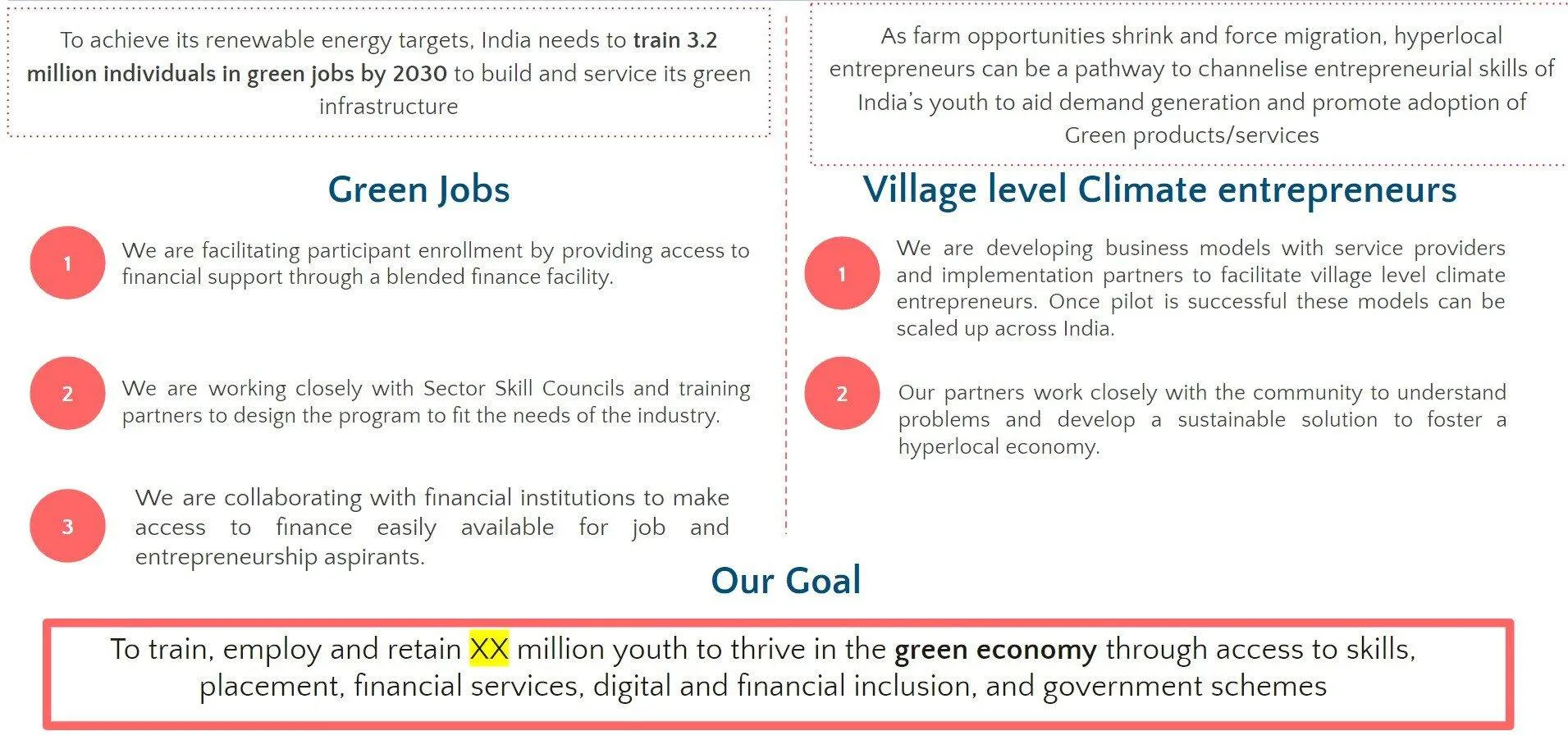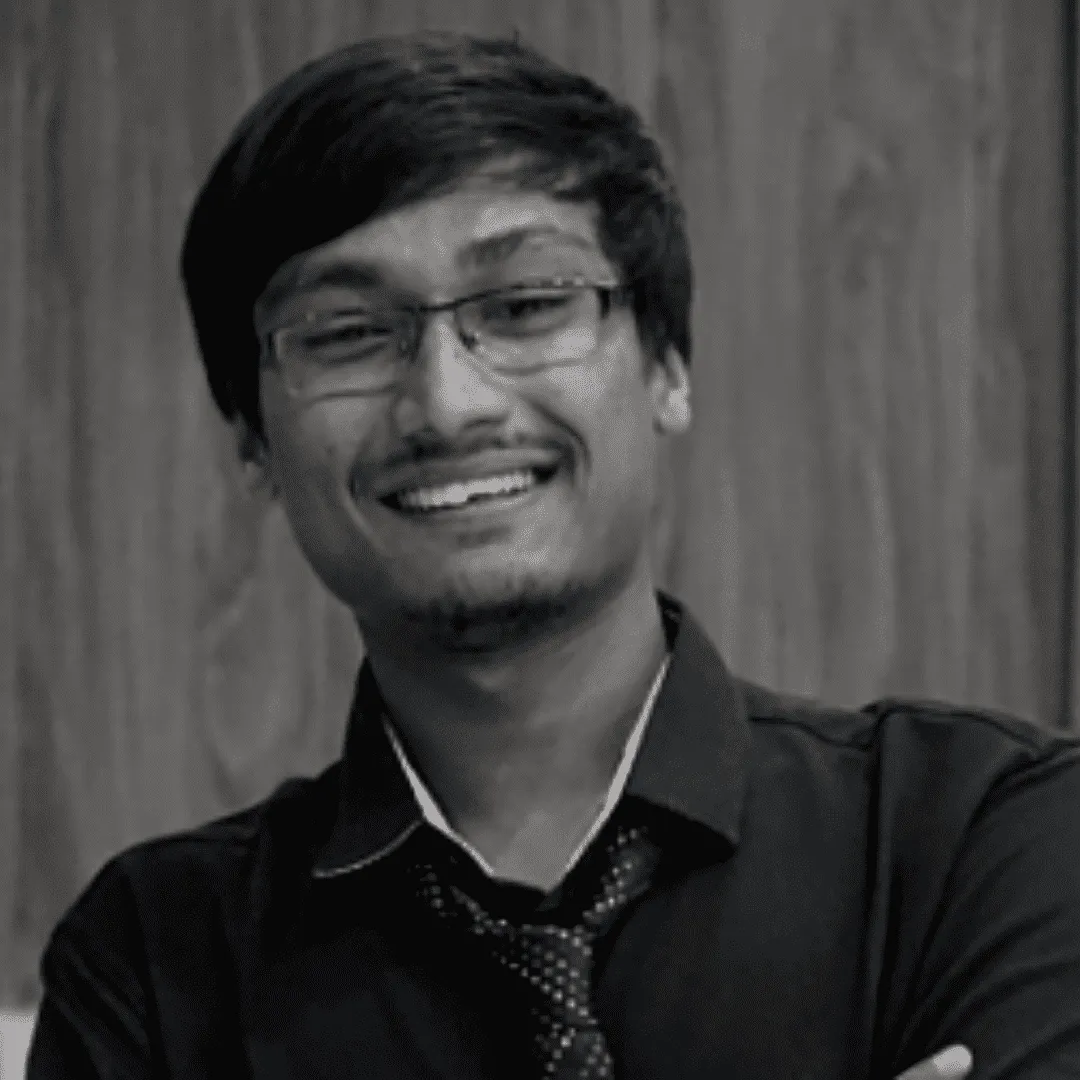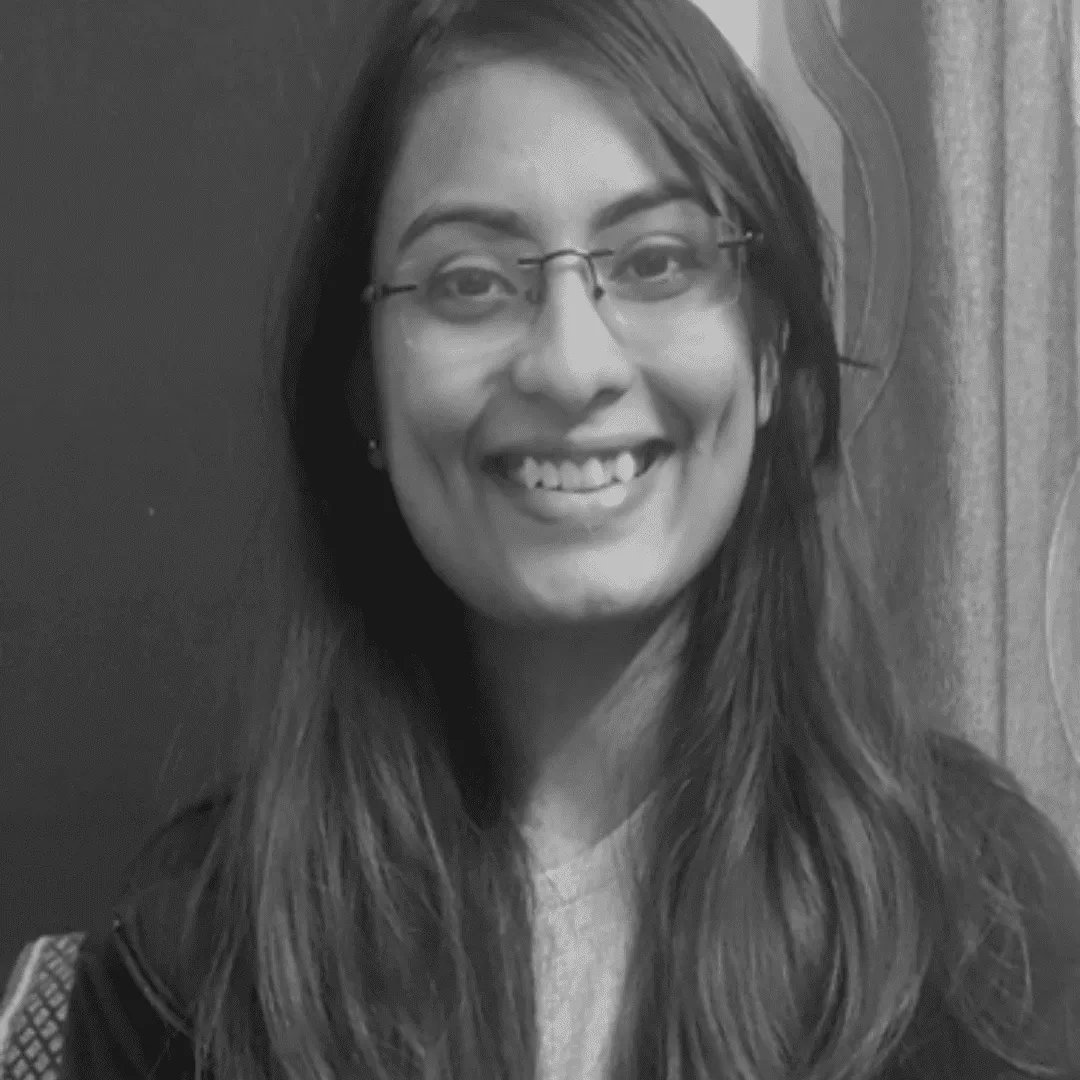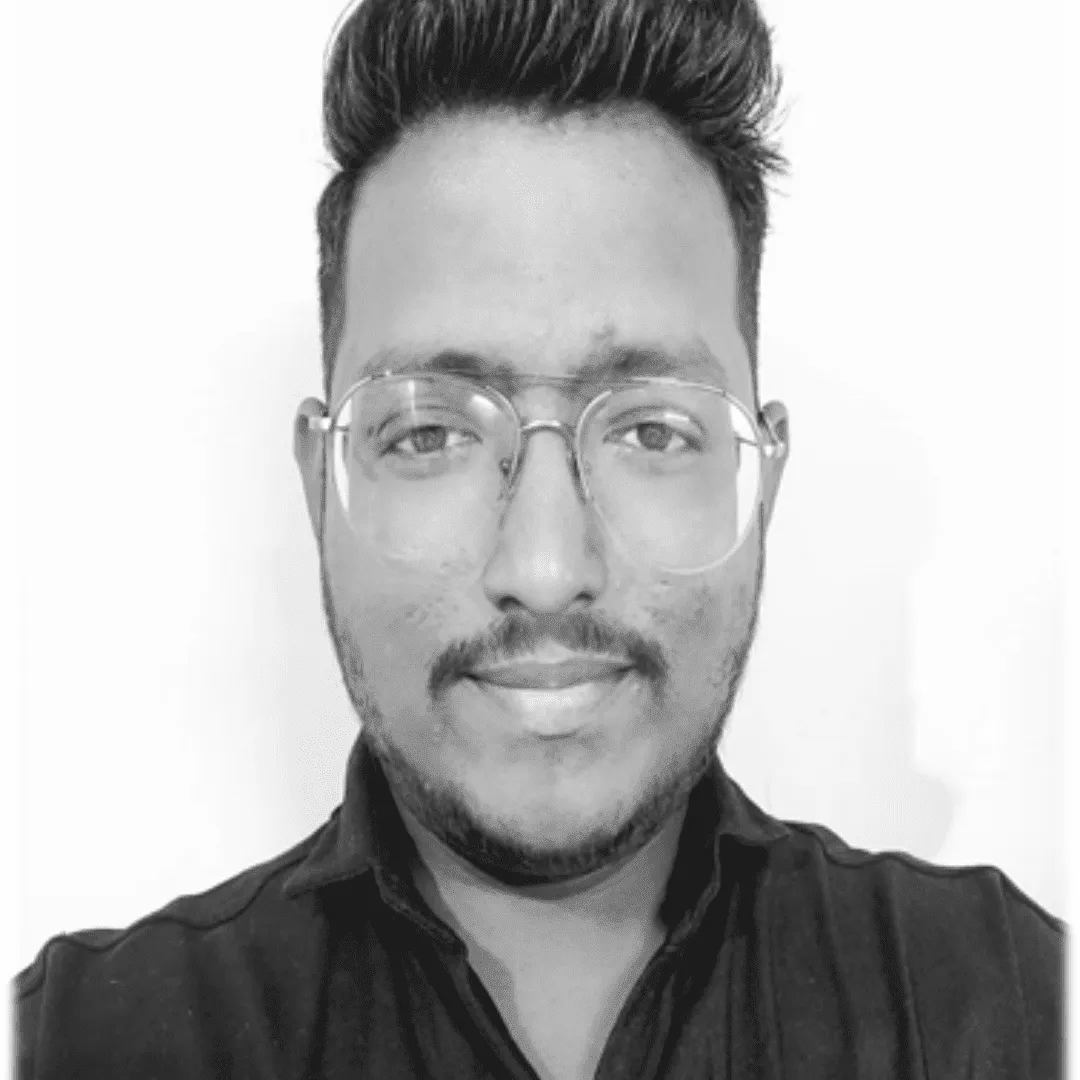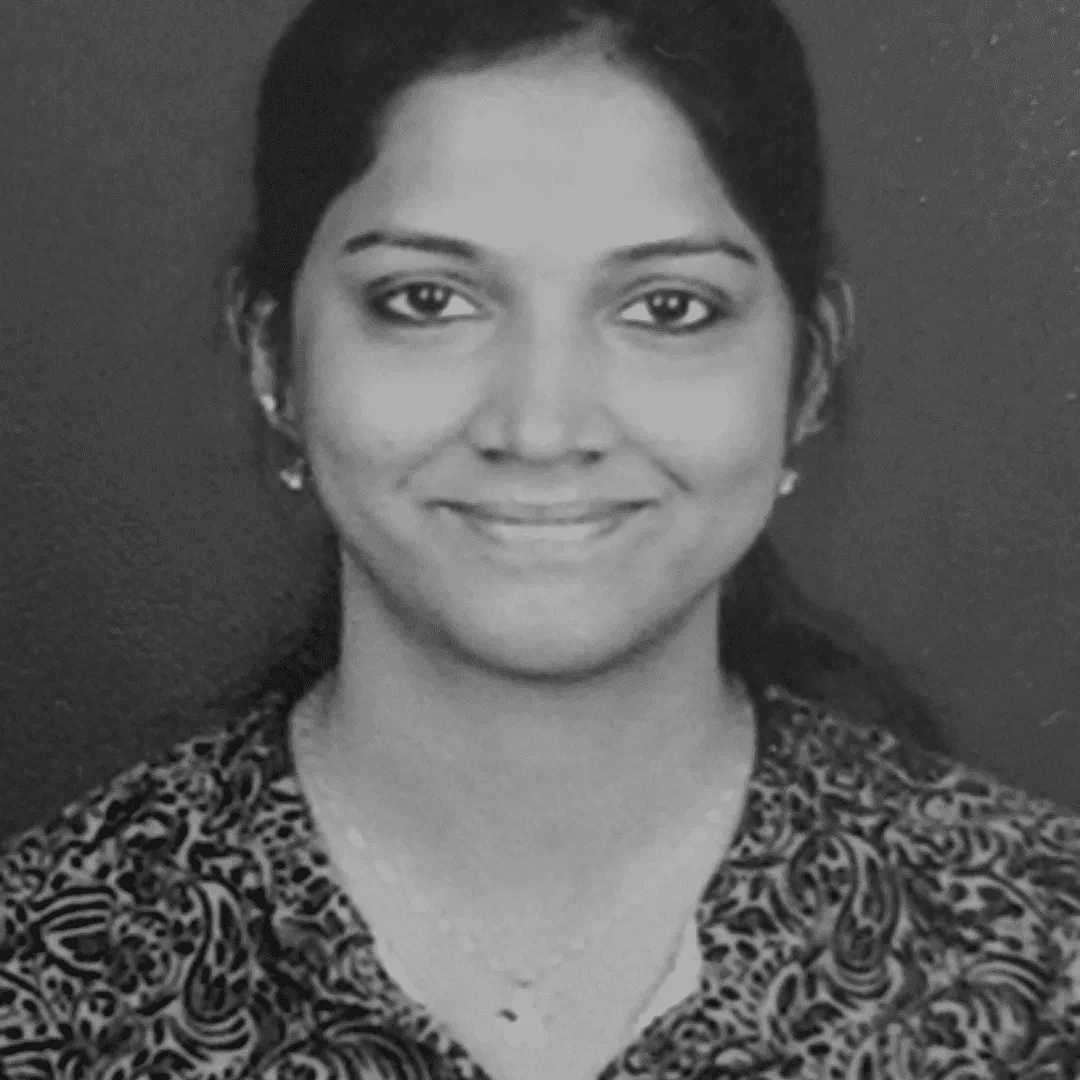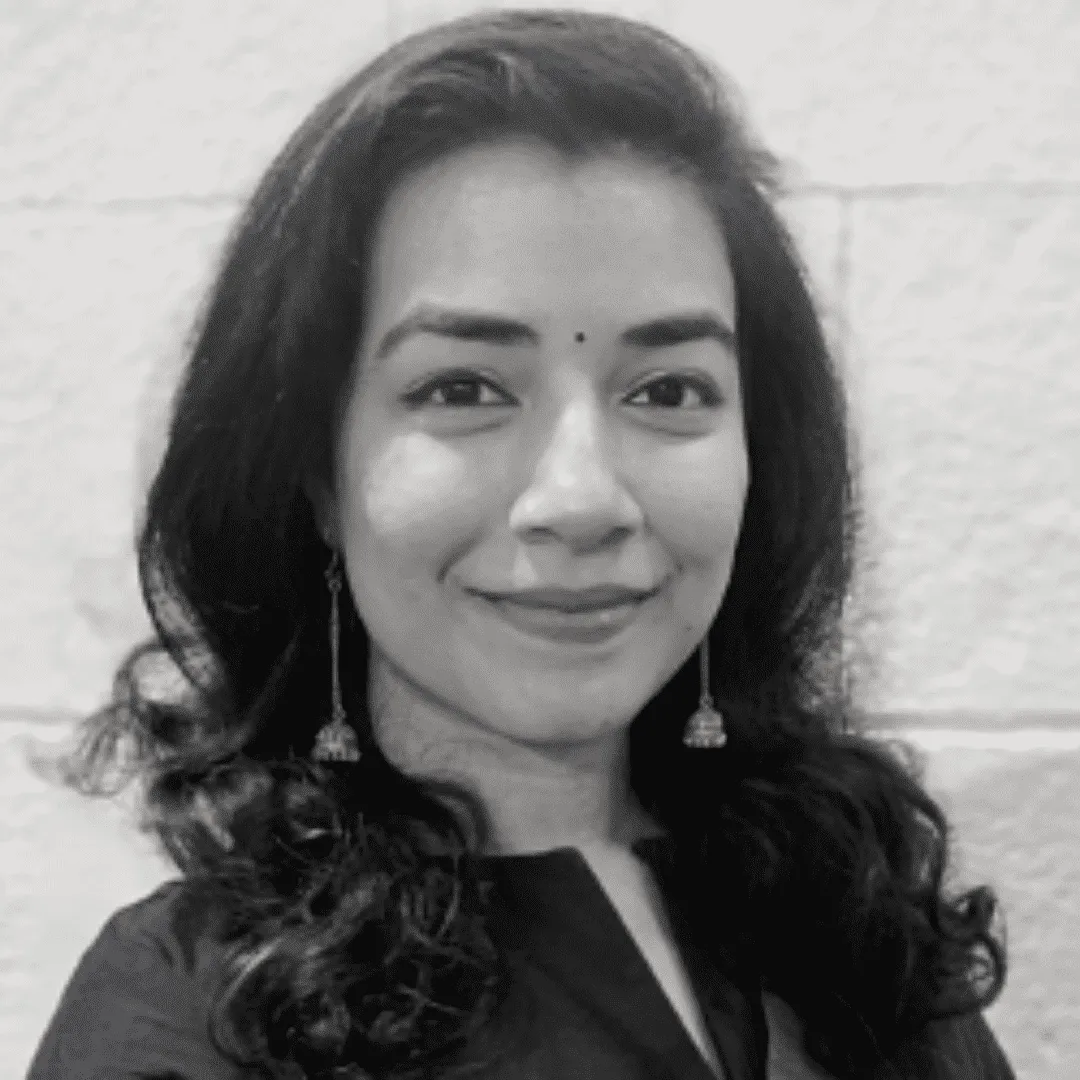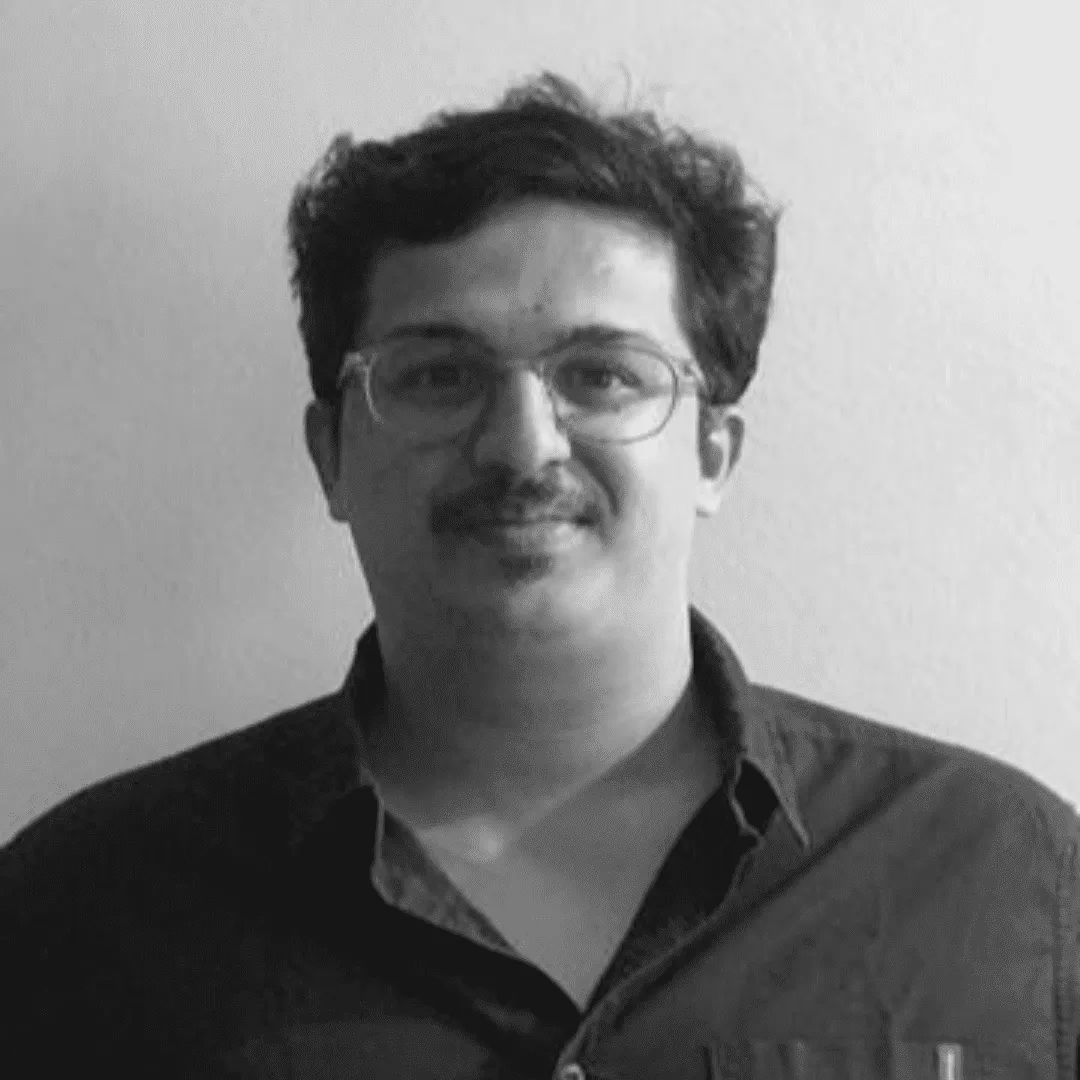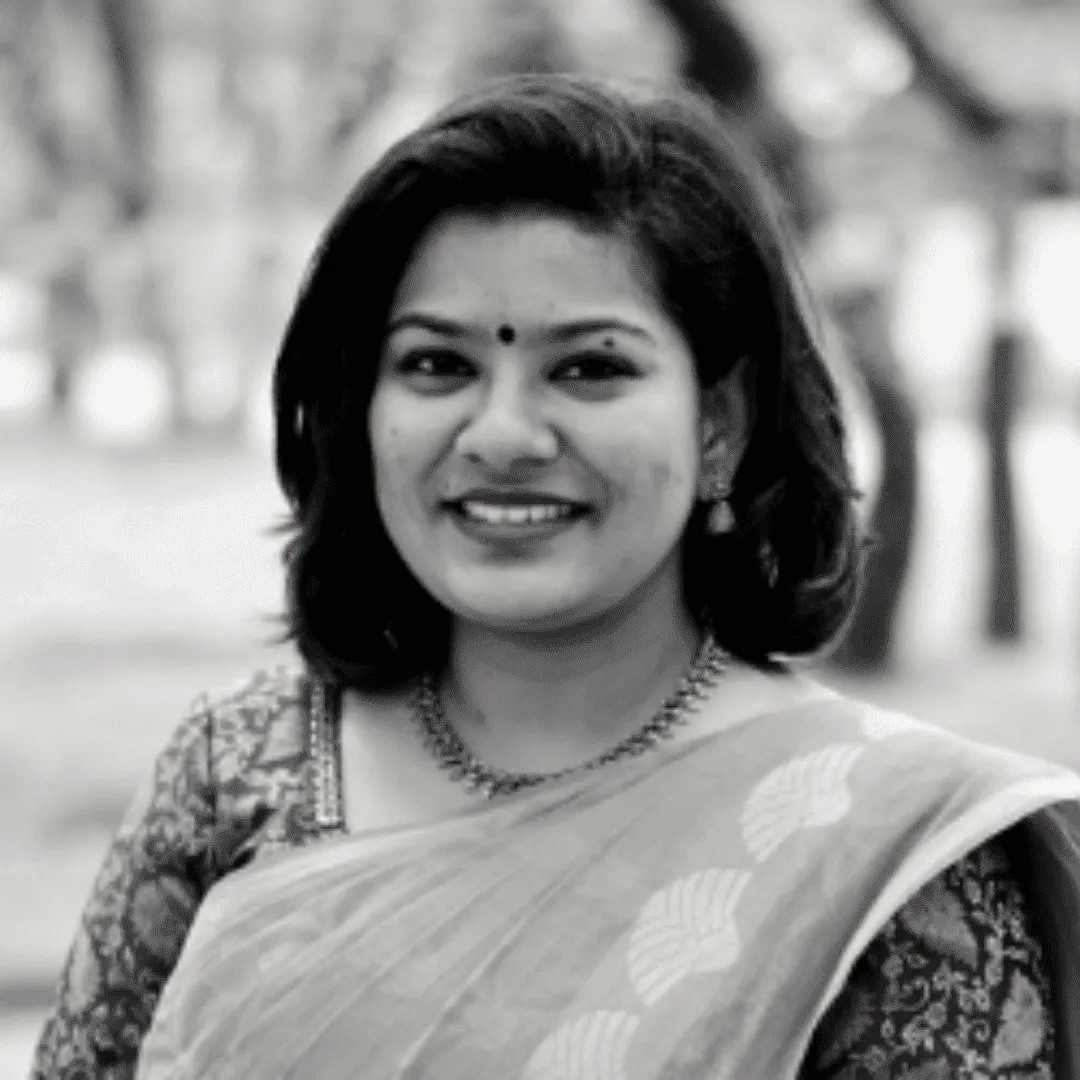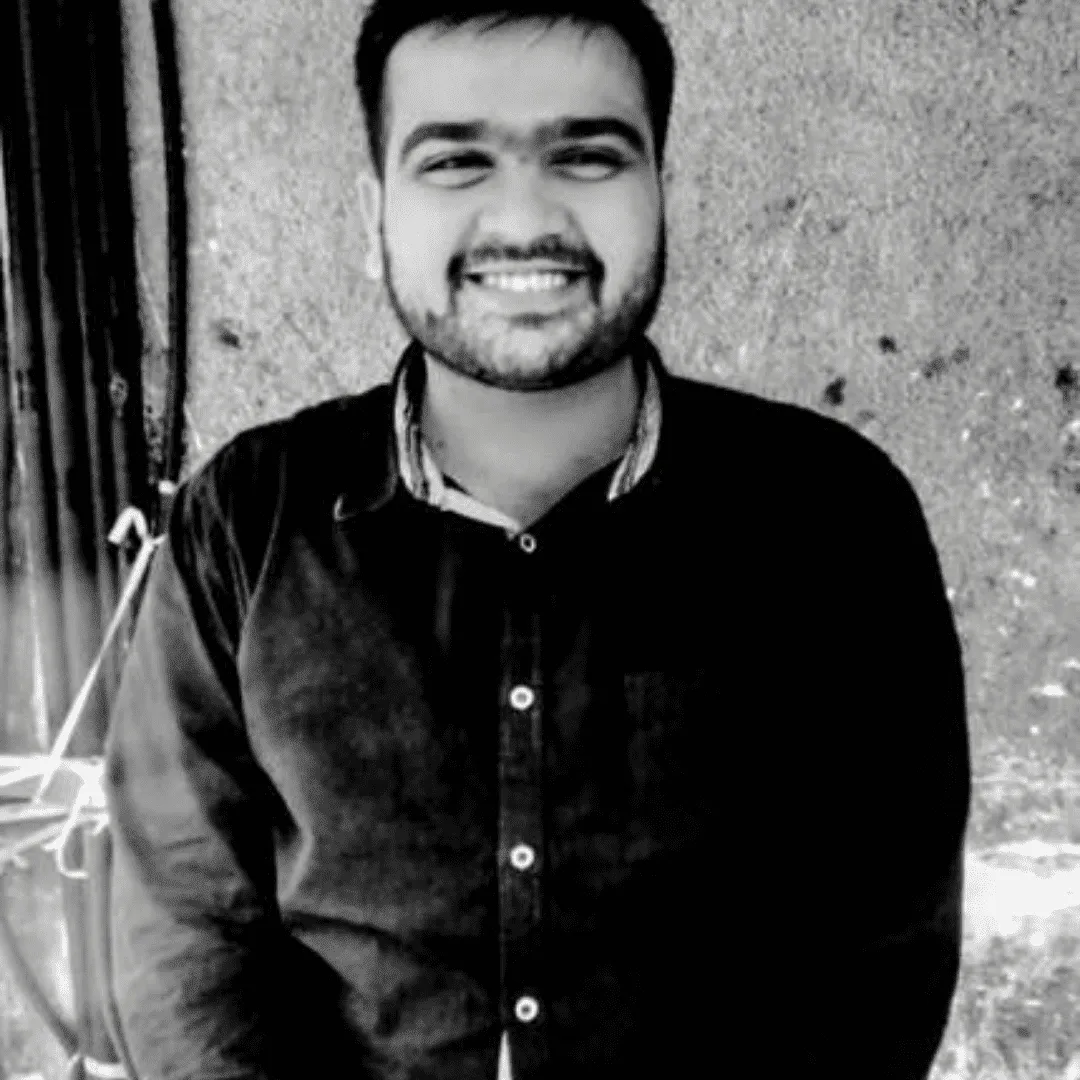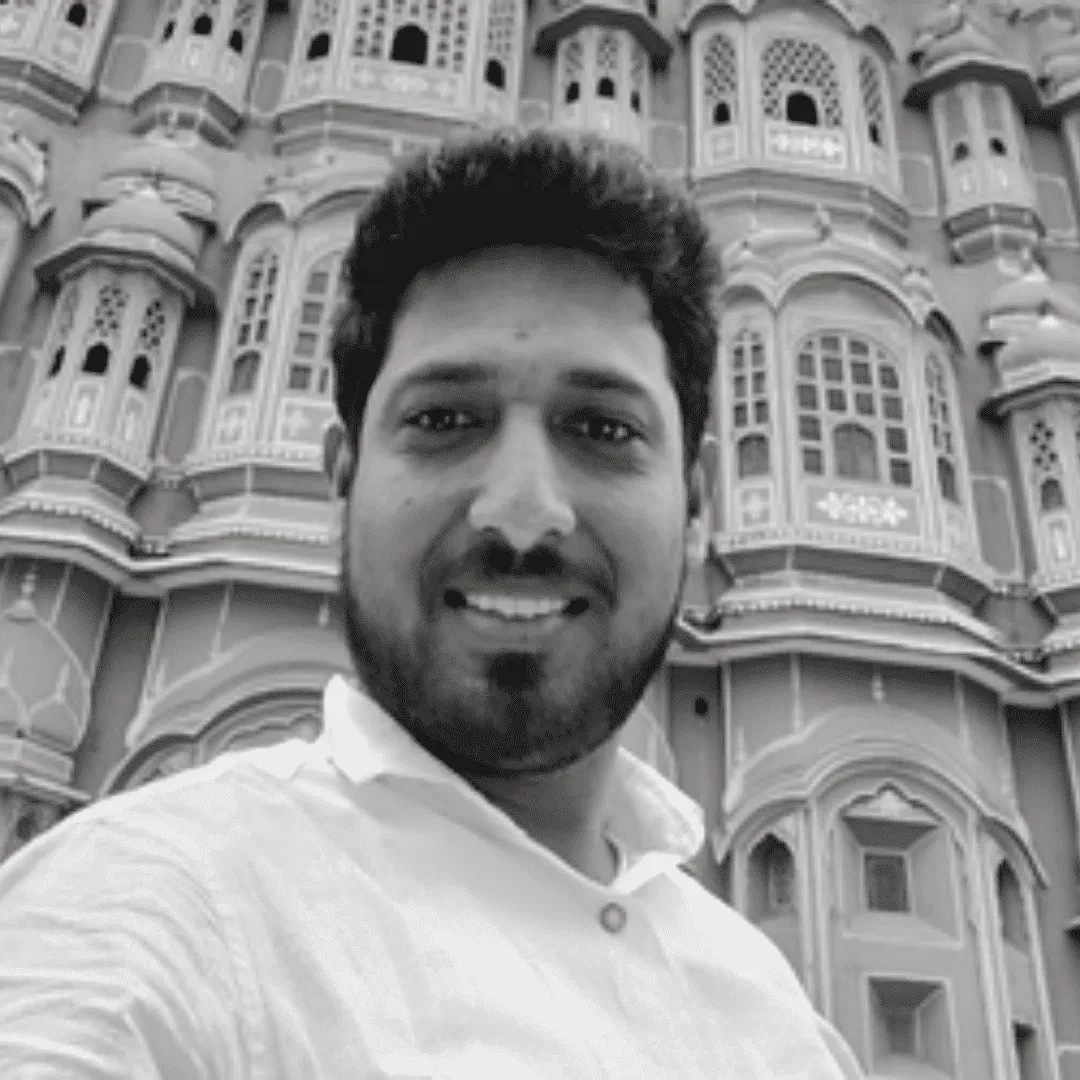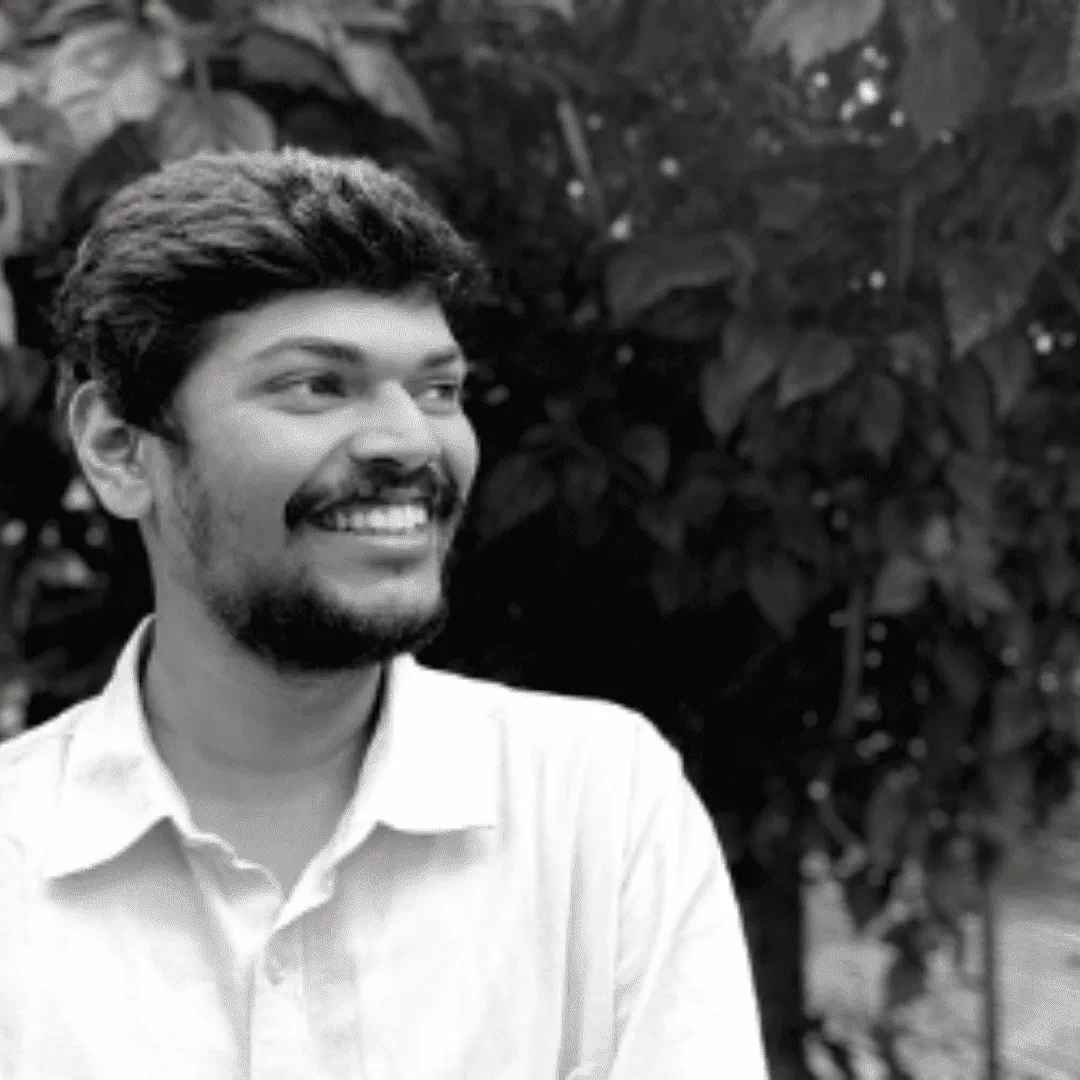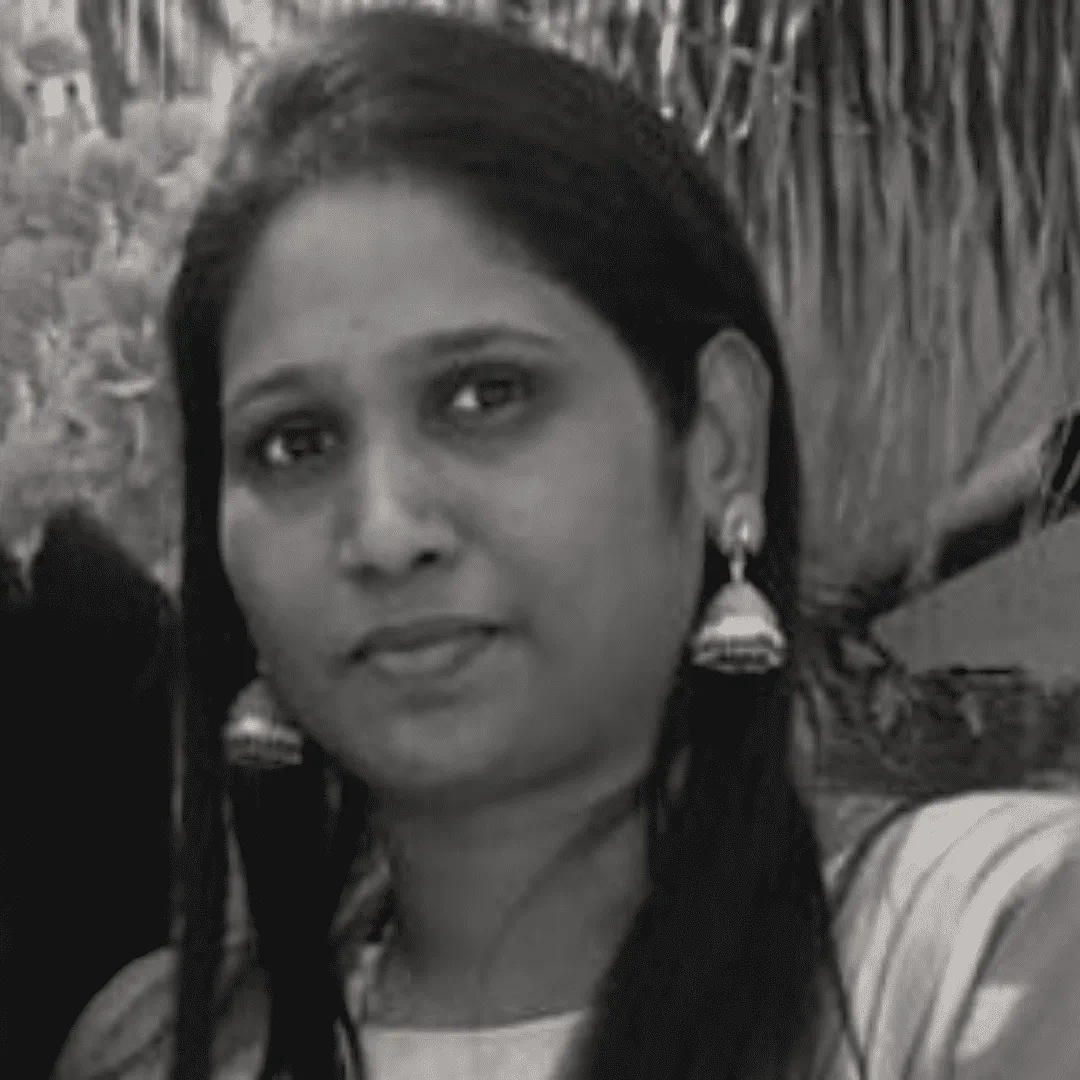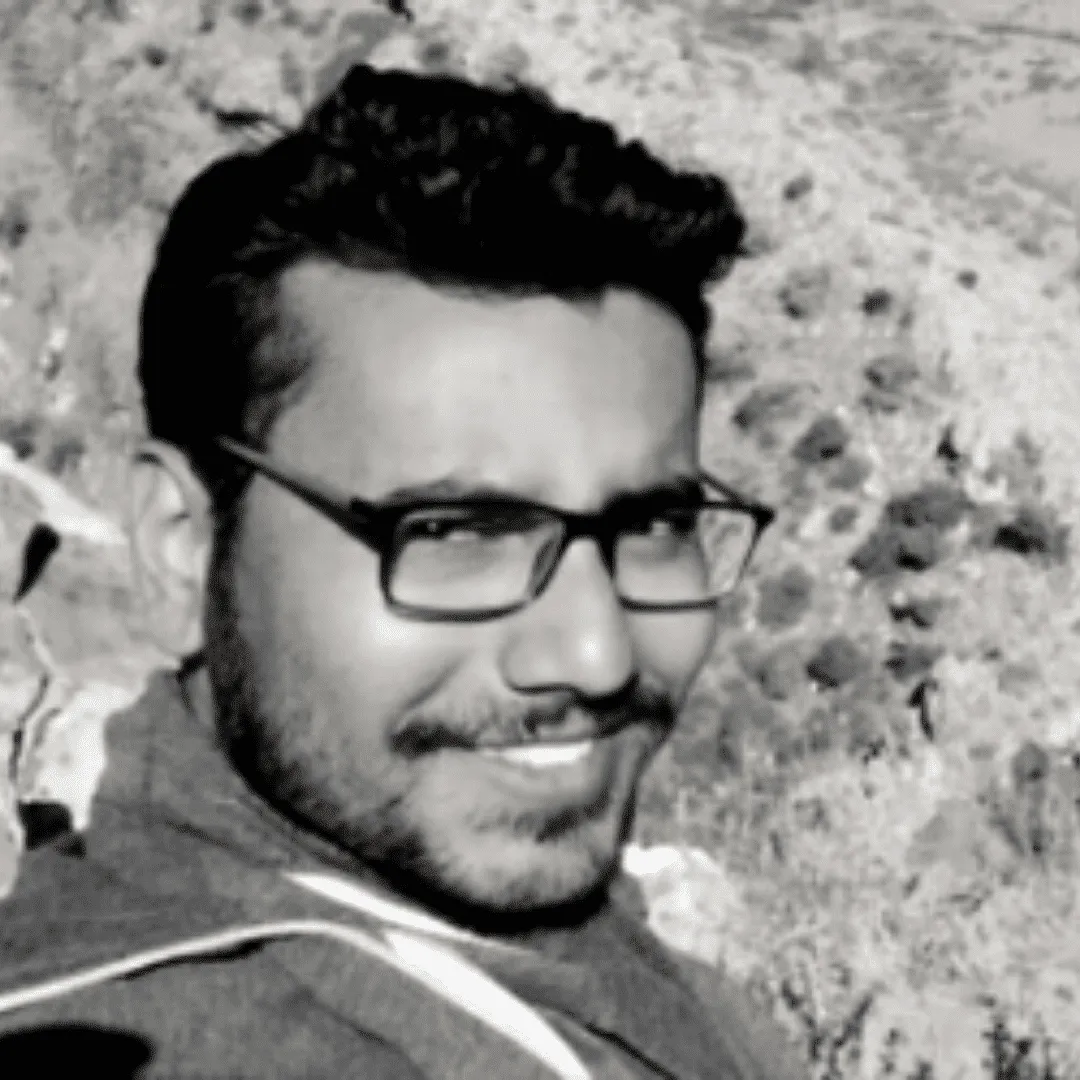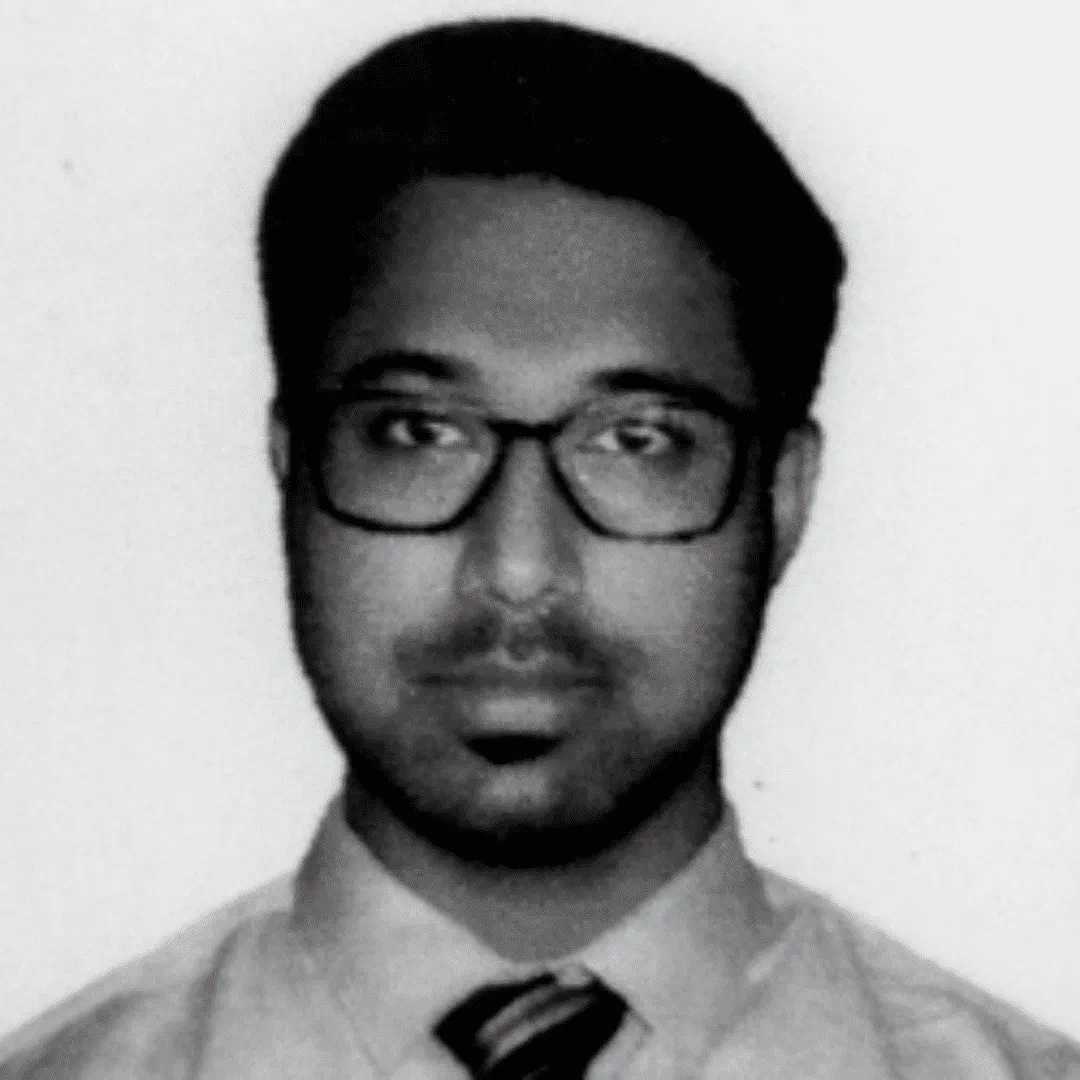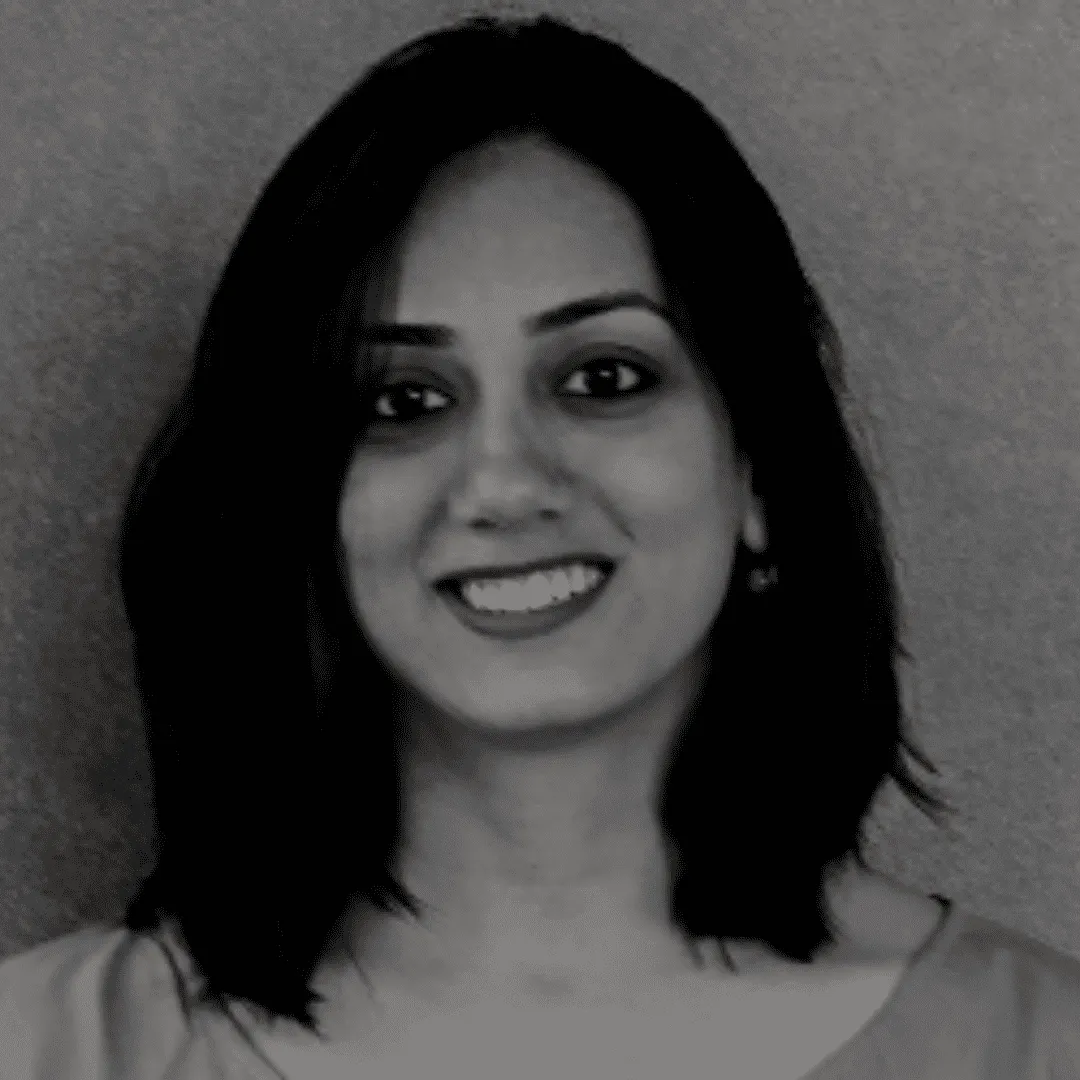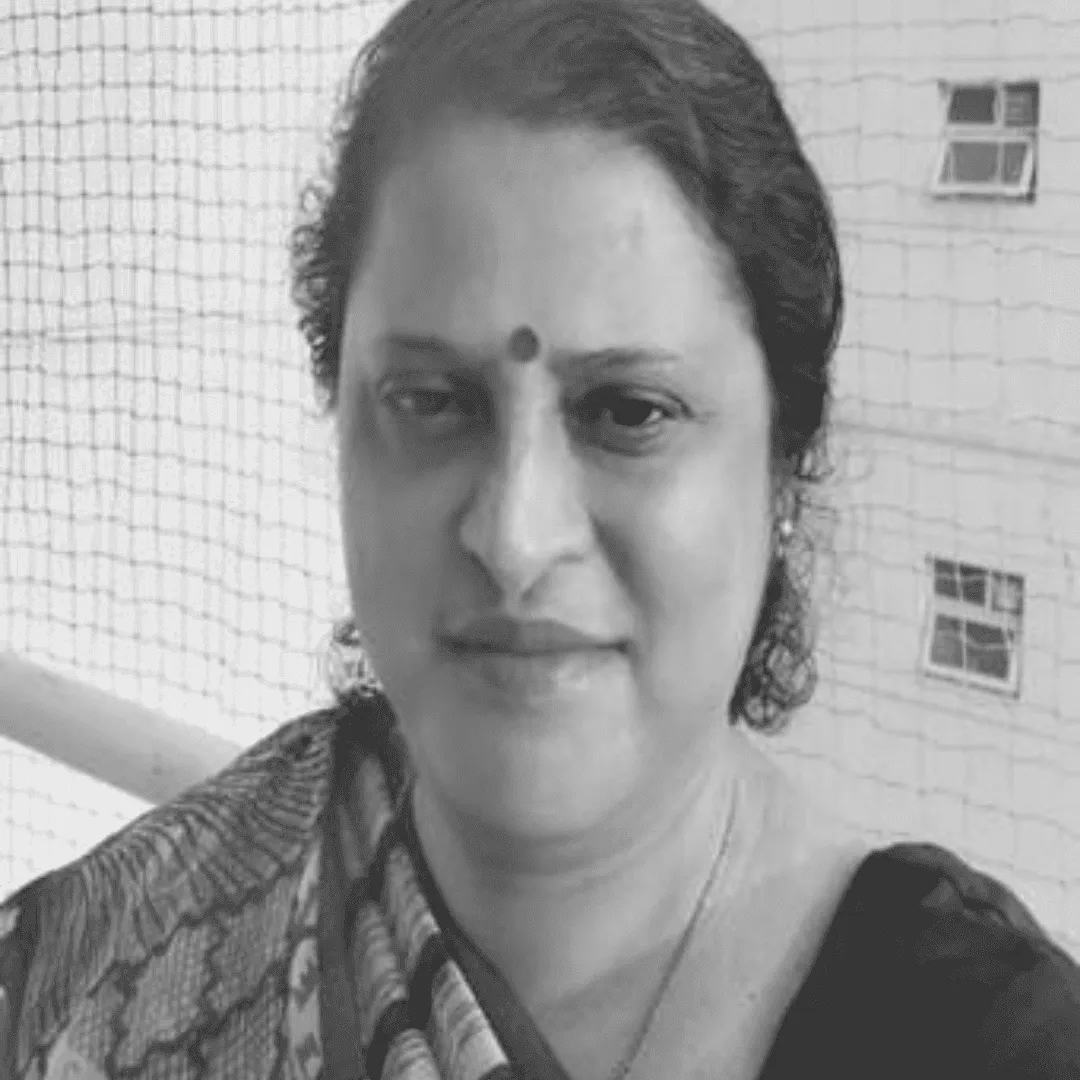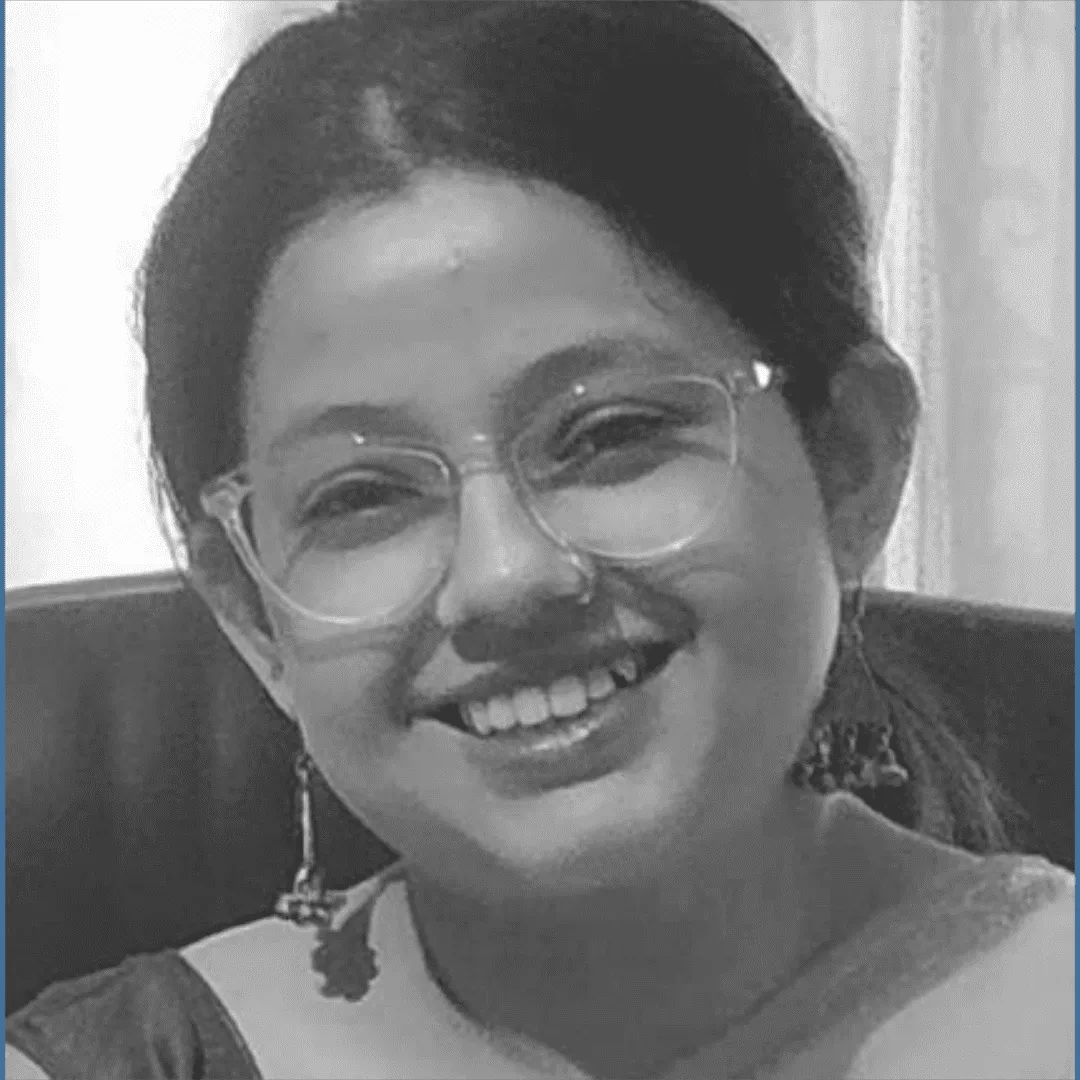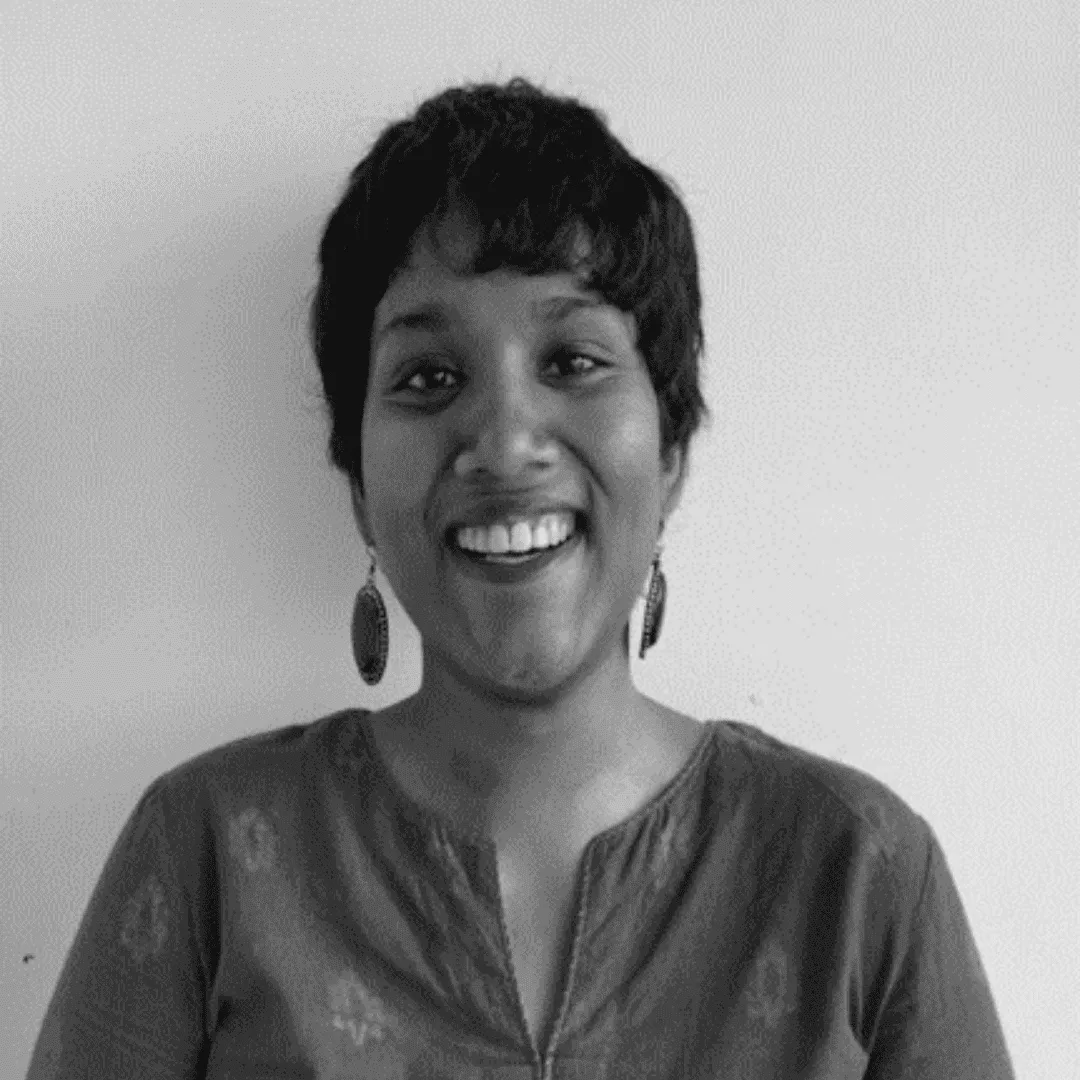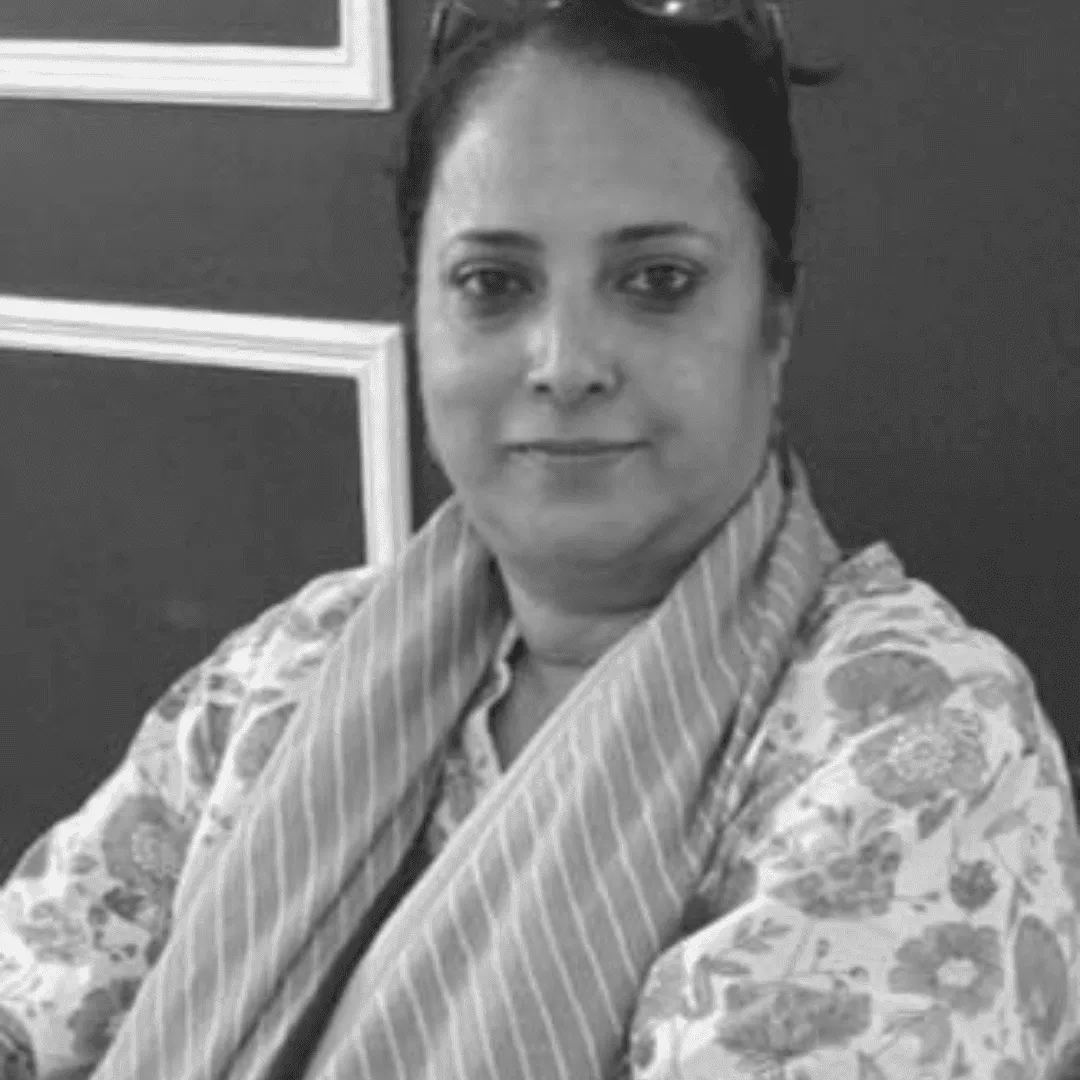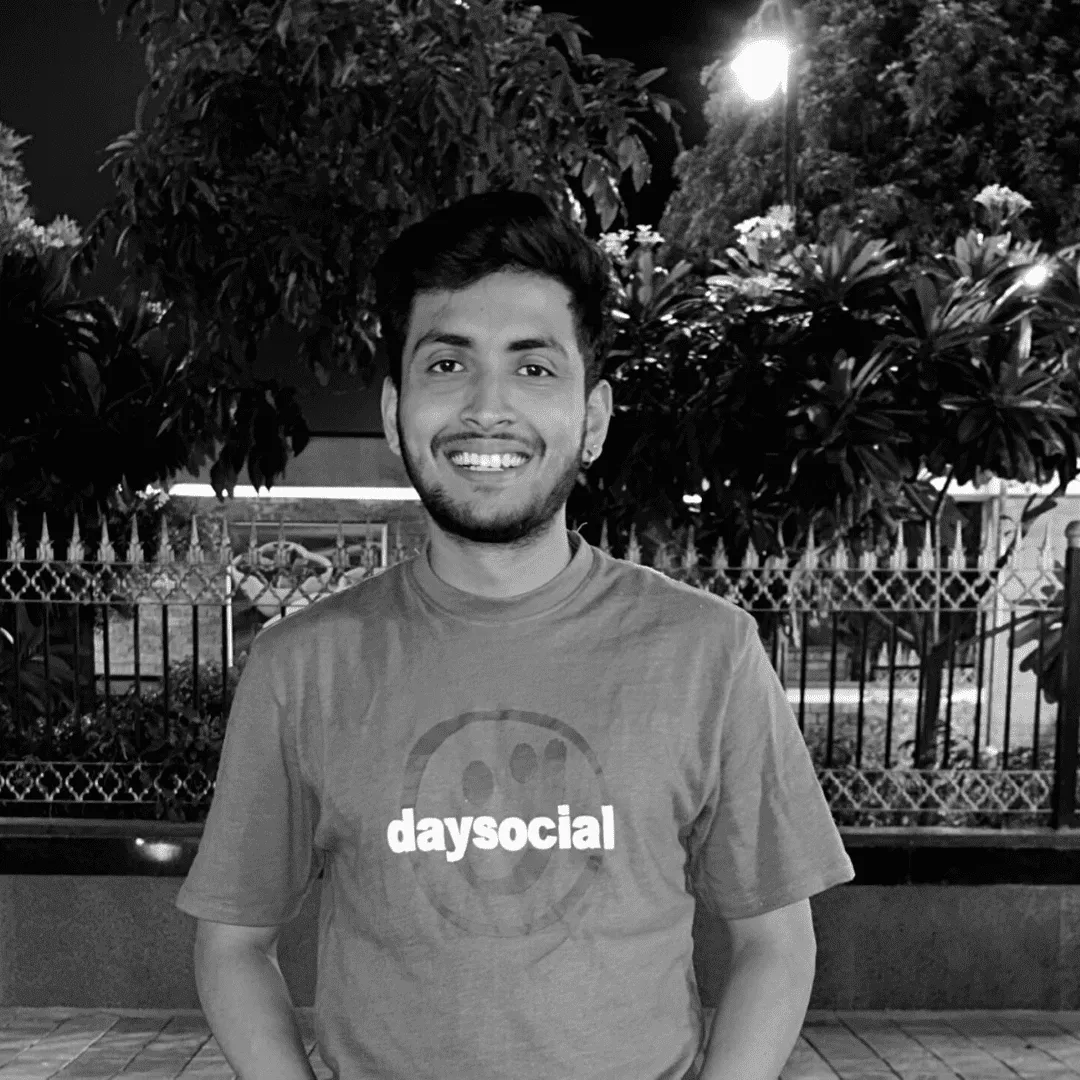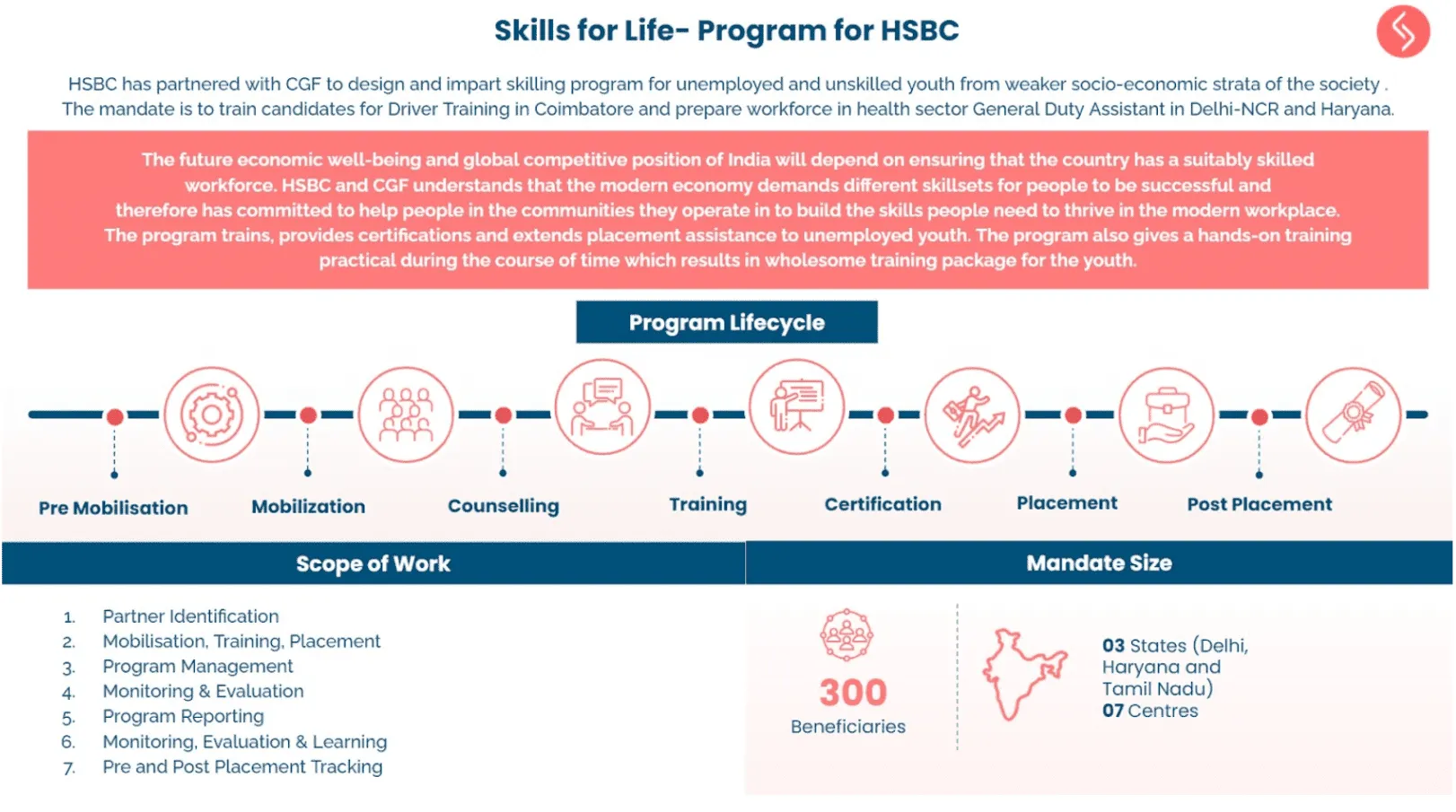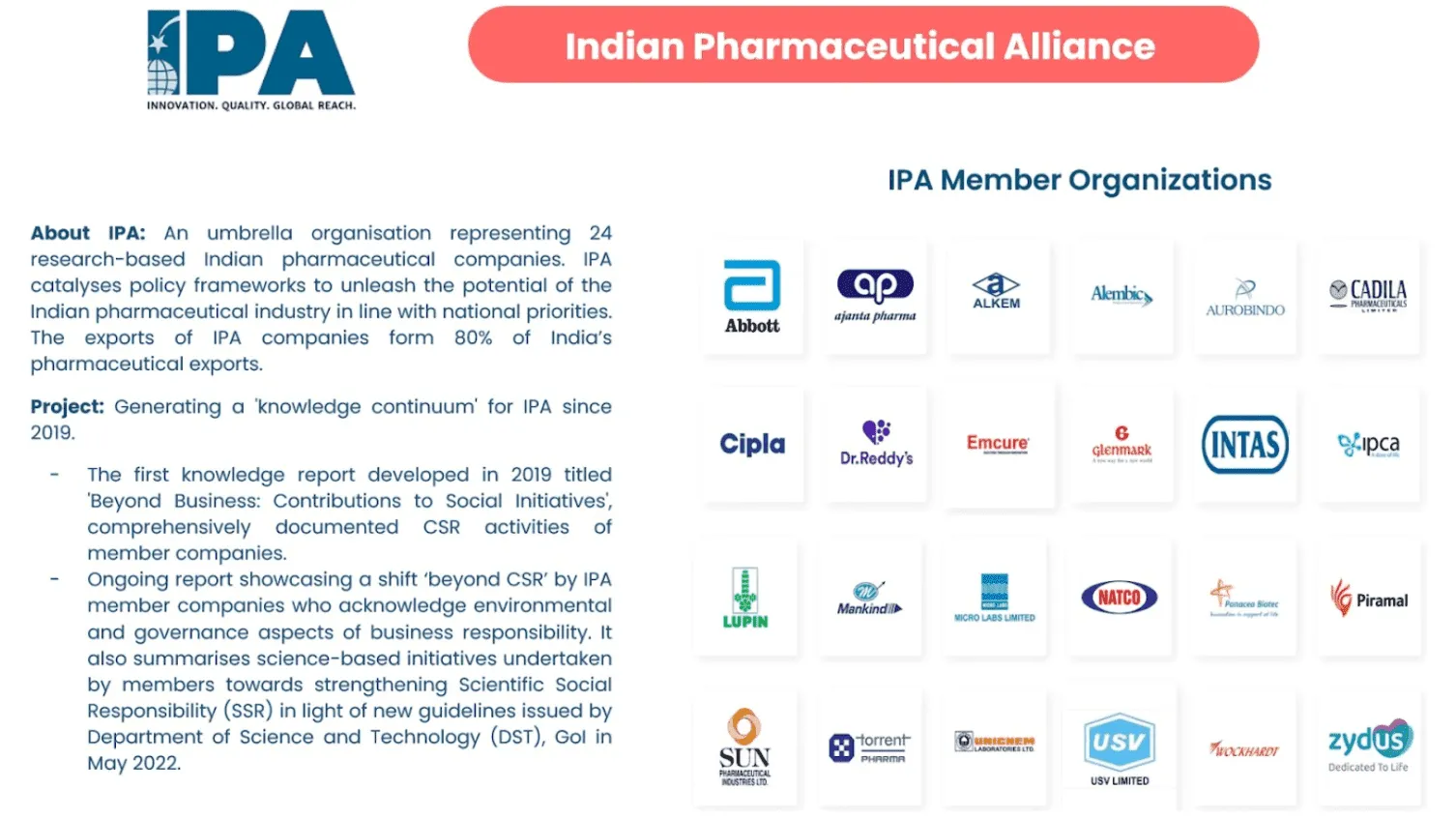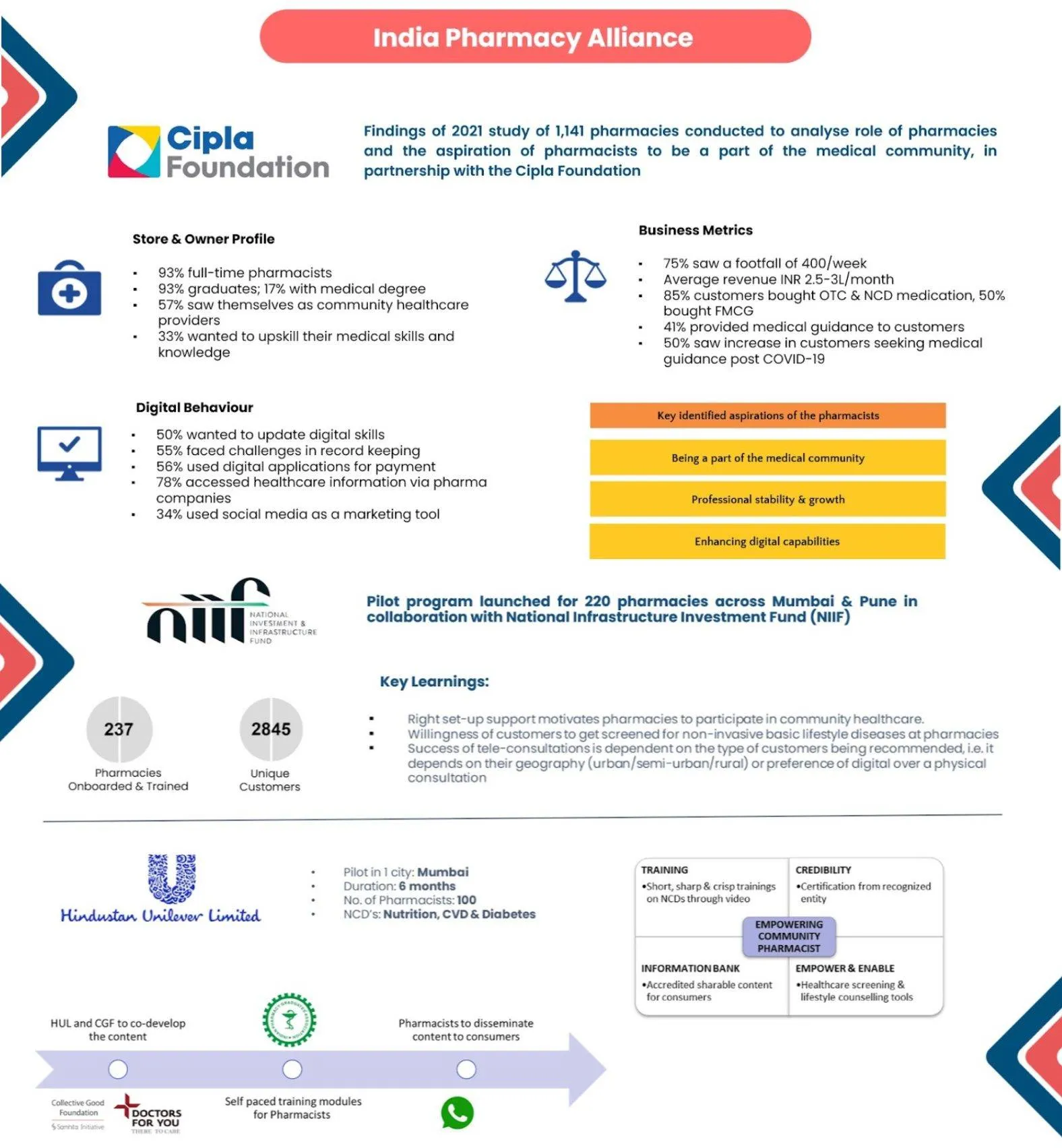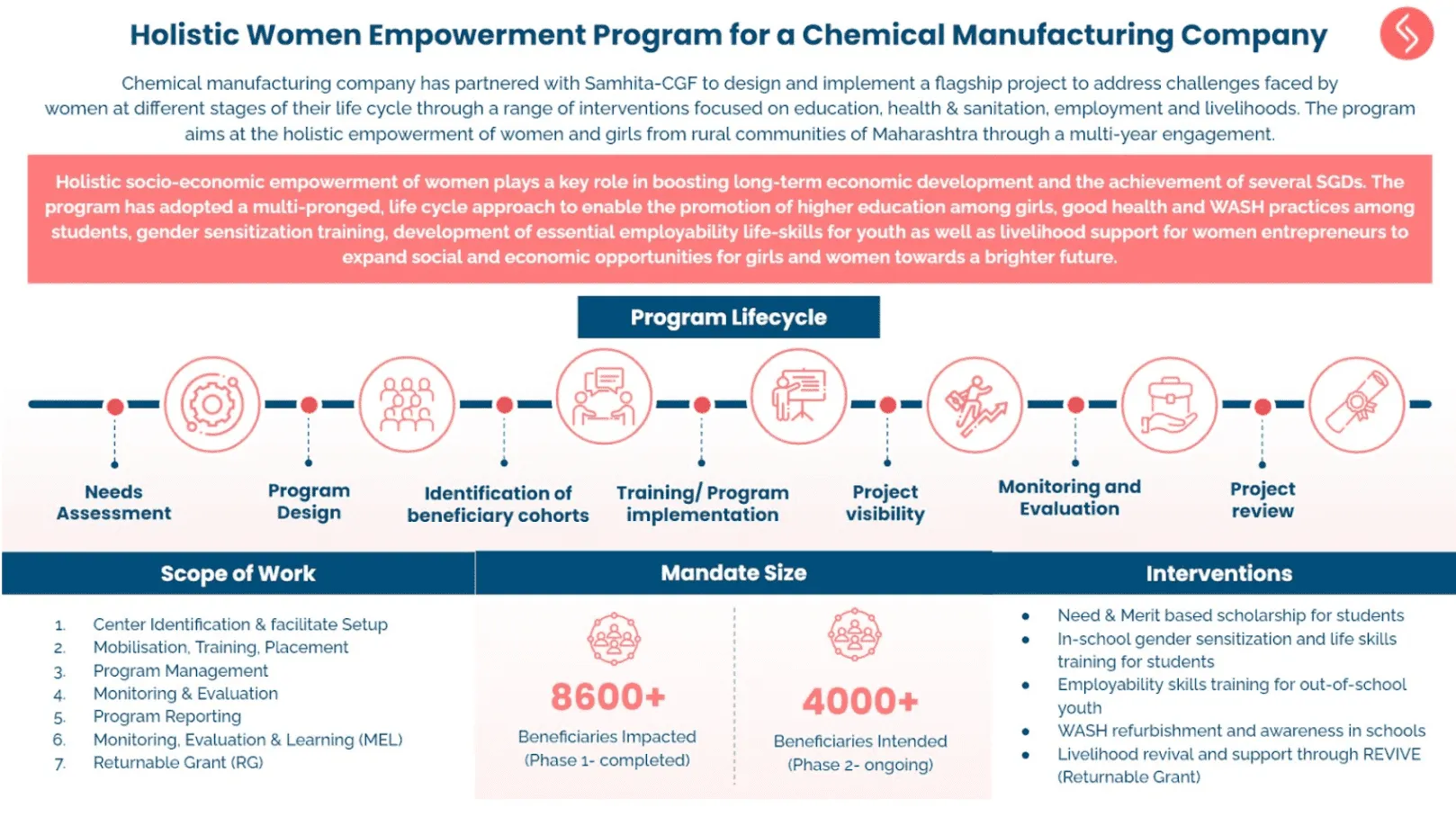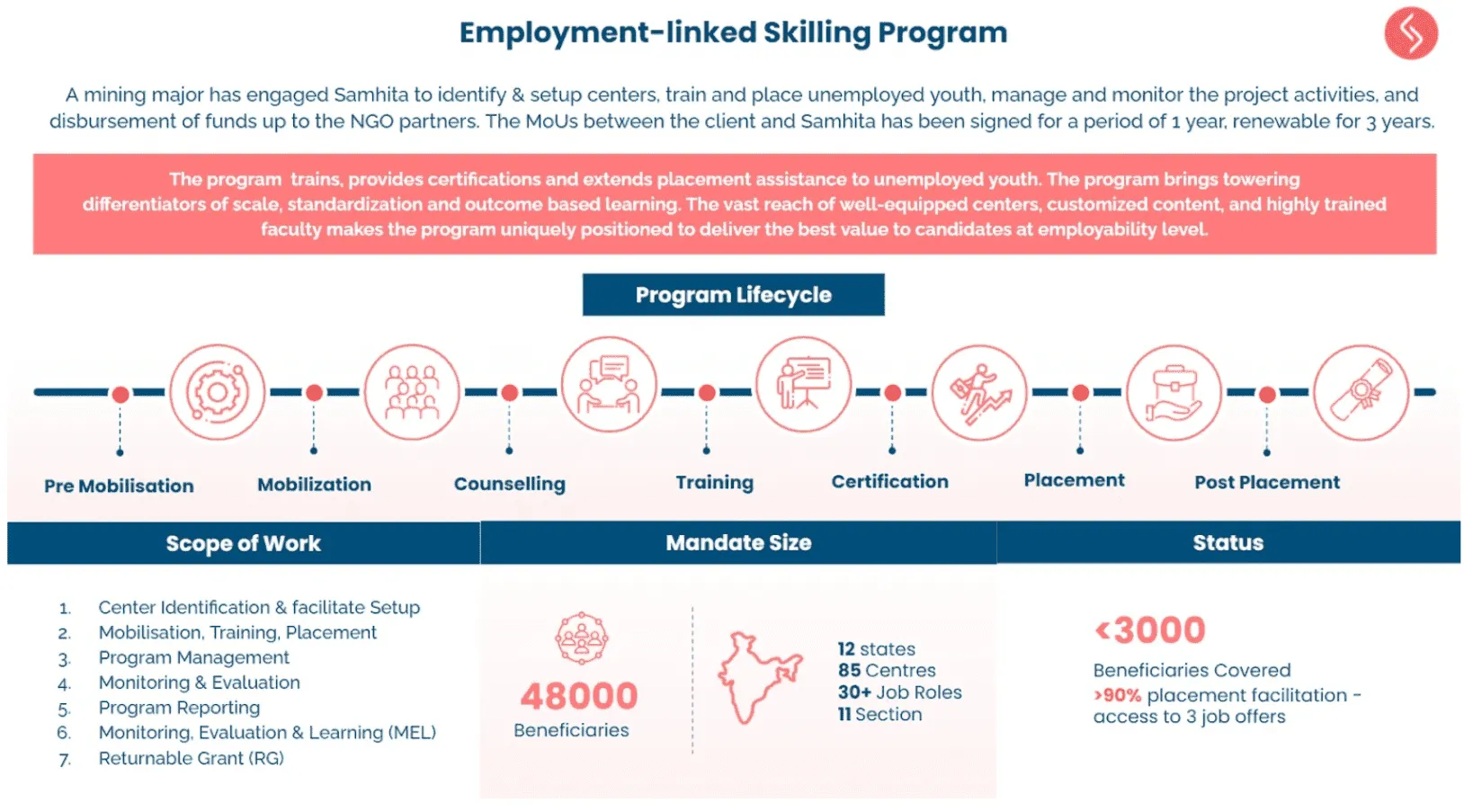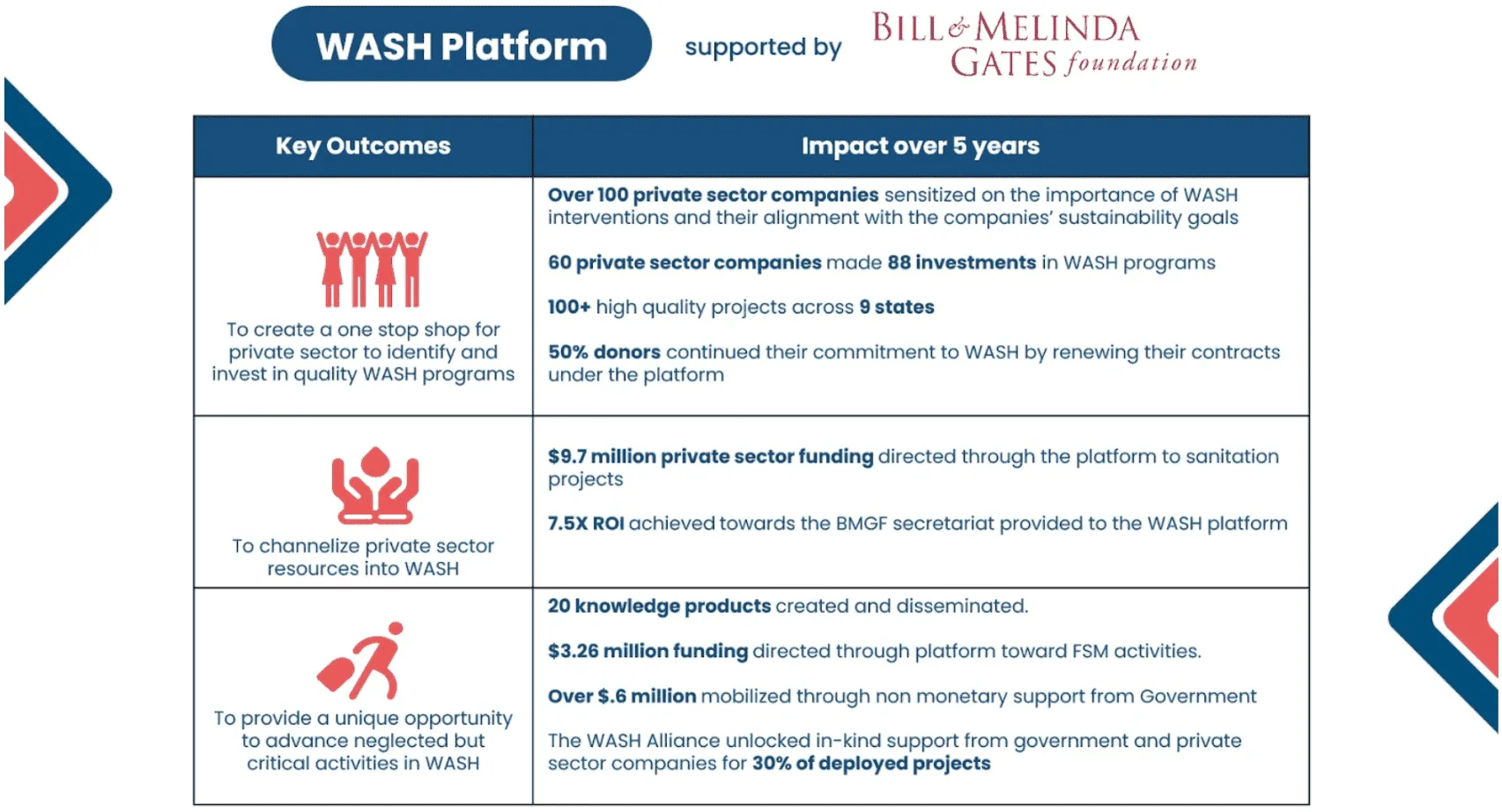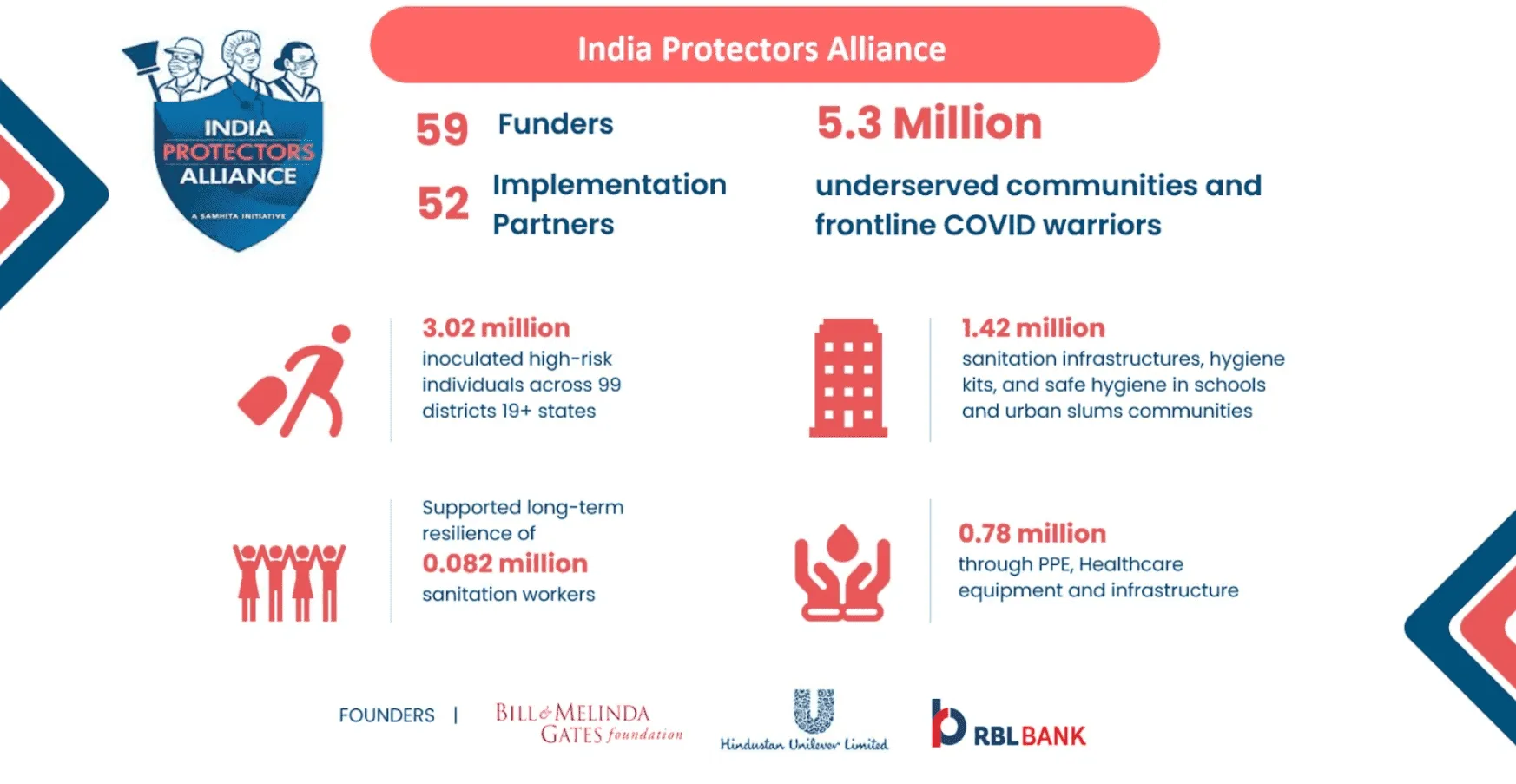Implementing the SDGs for Women’s Health using a Global Approach
“All countries should strive to make accessible, through the primary healthcare system, reproductive health to all individuals of appropriate ages as soon as possible and no later than the year 2015.”
In 1994, the International Conference on Population and Development (ICPD) collectively agreed upon achieving the goal of reproductive health for all by 2015. Although universal agendas set the tone for progress in the allied areas, there prevails a significant vacuum between the implementation stages and the practice of engaging with family planning needs. The United Nations has stressed the importance of reallocation and mobilisation of financial resources.
| ‘Among the 1.9 billion women of reproductive age (15-49 years) living in the world in 2019, 1.1 billion have a need for family planning, that is, they are either current users of contraceptives or have an unmet need for family planning. Of these 1.1 billion women, 842 million use modern methods of contraception and 80 million use traditional methods of contraception.’ Source: Family Planning and the 2030 Agenda for Sustainable Development: Data Booklet |
Healthcare interventions need to recognize the local context, unique to certain cultures. the nature of health facilities, commercial outlets, and existing community-based systems. The WHO also promotes a reproductive health strategy that emphasises on strengthening the existing healthcare services to introduce new interventions in the allied areas.
Women’s participation in community organisations like SHGs and other microfinance programs generates non-financial benefits, improves social capital, reduces inequality, and improves health outcomes in terms of access to maternal services. It establishes a positive correlation in the improvement in availability of SHGs and an improvement in maternal health and wellbeing. In India, several studies have found an association between self-help groups (SHGs), the most prominent model of microfinance delivery and maternal health and well-being[1]. For instance, a project in Maharashtra trained women SHG members as health workers and provided funds for health emergencies with literacy training showed a reduction in infant mortality from 176 to 19 per 1000, 40 to 20 per 1000 birth rates, nearly universal access to antenatal care, safe delivery, and immunisation and decline in malnutrition from 40% to 5% in two decades after 1970[2].
An integrative approach (both top down and bottom up approaches) towards Sexual and Reproductive Health is critical for the purpose of better health outcomes, education and gender equality. All the 17 goals under SDGs are interconnected and they intend to drive the allocation of the global financial and human resources along with guiding nations’ policy priorities until 2030.
The SDGs must address areas pertaining to SRHR and gender equality explicitly. Without doing so, the progress in such areas will be difficult to measure and to act upon the SDGs. In other words, there are two central challenges the SDGs face with regard to Sexual and Reproductive Health and Rights, i.e. lack of direct attention based on sexual health and lack of focus on context-specific problems in terms of meeting and improving sexual health needs. Specific targets pertaining to Sexual and Reproductive Health are as follows:
| SDG 3. Ensure healthy lives and promote well-being for all at all ages | SDG 5. Achieve gender equality and empower all women and girls |
| Target 3.1: By 2030, reduce the global maternal mortality ratio to less than 70 per 100,000 live births | Target 5.1: End all forms of discrimination against all women and girls everywhere |
| Target 3.7: By 2030, ensure universal access to sexual and reproductive health-care services, including for family planning, information and education, and the integration of reproductive health into national strategies and programmes. | Target 5.2: Eliminate all forms of violence against all women and girls in the public and private spheres, including trafficking and sexual and other types of exploitation |
| Target 5.3: Eliminate all harmful practices, such as child, early and forced marriage and female genital mutilation |
In addition SDG #4, which seeks to Ensure inclusive and equitable quality education and promote lifelong learning opportunities for all canprovide children and youth with unbiased, scientifically correct information on all aspects of sexuality. At the same time, it helps them develop the skills to act upon this information. Such education also incorporates concepts of human rights and gender equality. Research shows that programmes sharing certain key characteristics can help in promoting safer SRH practices: abstaining from or delaying the start of sexual relations, reducing the frequency of unprotected sexual activity, reducing the number of sexual partners, and increasing the use of contraceptive options against unintended pregnancy and STIs during sexual intercourse.
Working with men and boys to challenge gender inequalities can also have a positive impact on the health and well-being of women and girls. It is also important to recognize that men and boys also have health vulnerabilities. There is a growing recognition that an improvement in the SRH of boys, an area that has largely been neglected, is crucial for the improvement of that of girls.
SDG# 17 highlights the need for multi-stakeholder partnerships for the Goals to achieve impact at scale. Better access to family planning programs has been estimated to result in almost 40% increase in women’s monthly wages, increasing women’s control and agency over finances and property, and enabling greater long-term savings. This requires engagement with collaborative partnerships at local, national, and international levels. Governments and stakeholders, including corporates, can workwith family planning organisations at national and international levels, and with local NGOs and government health services to ensure long term capacity building to address reproductive and sexual health needs of the community. This is important to address issues of high maternal mortality, poor access to contraception and reproductive health services, and high cervical cancer death rates. For instance, the partnership between USAID and the Indian government, along with private and civil society organisations has strengthened health challenges including maternal and child mortality in the country. The partnership focused on improving the reach, impact, affordability, and quality of healthcare services[3].
In alignment with the WHO, SRH action plan and its three closely interlinked goals, corporates can align their health projects with the global goals and benchmarks by:
- Undertaking extensive and intensive awareness programmes for adolescents and youth, enabling informed decision making and preventing and responding to sexual violence by addressing gender inequality and cultural norms from a rights-based perspective.
- Build capacities of local health facilities by expanding and strengthening people-centred SRH care services for the vulnerable, disadvantaged, and hard-to-reach groups.
- Collaborate with governments at multiple levels to exchange learnings and promote people centred laws regarding SRH rights that are capable of addressing the needs of all.
Living up to the commitment to achieve universal access to reproductive health by 2030 requires the monitoring of key family planning indicators. Many SRH services, like contraception and abortion care, antenatal and post-natal care, can be provided through primary healthcare centres (PHCs). Thus, integrating SRH with PHCs for Universal Health Coverage (UHC) requires development of strategy and commitment from different stakeholders.
Information on sexual and reproductive health is important to support decision-making to advance initiatives and to develop effective programs addressing health needs. The two new tools – Handbook and Learning by Sharing Portal, released by WHO can be used by funding corporates, policymakers, programme managers, implementers, civil society and research organisations in developing coherent strategies to integrate best practices for making health systems more adaptive[4].
| Handbook | Learning by sharing portal |
| A guide for planning and implementing SRH services in health benefit packages, accountability processes and measures. It highlights best practices from different countries can serve as an information resource lesson that can be adapted in different contexts. For instance, a safe abortion service in Ireland, evidence-based solution in addressing mistreatment of women in institutional deliveries in Guinea, etc. are learning lessons for strengthening SRH service delivery. | Launched in July,2022, is a SRH-UHC portal for peer learning. The portal is an online repository of qualitative case studies that documents experiences of different stakeholders in integrating SRH in Universal Health Coverage(UHC) reforms. It serves as guide in developing normative tools to address SRH needs of women, adolescents, and other vulnerable communities. It features implementation stories from across the world like changing laws in Kazakhstan, partnerships for progress between governments, NGOs and the private sector in Mexico, Nepal, and Pakistan etc. |
Both the tools emphasise on the importance of meaningful participation of the people affected through health policies. However, to achieve universal access to SRH services integral efforts are required from the all the stakeholders including governments and corporates that will help align the FP2030 agenda with the SDGs to provide universal access to family planning and lead to healthy lives, informed decision making and participation of women as equals in the society.
[1] https://equityhealthj.biomedcentral.com/articles/10.1186/1475-9276-12-36
[2] https://www.researchgate.net/publication/236956603_The_effect_of_Self-Help_Groups_on_access_to_maternal_health_services_Evidence_from_rural_India
[3] https://www.usaid.gov/india/health
[4] https://www.who.int/news/item/19-07-2022-universal-access-to-sexual-and-reproductive-health

